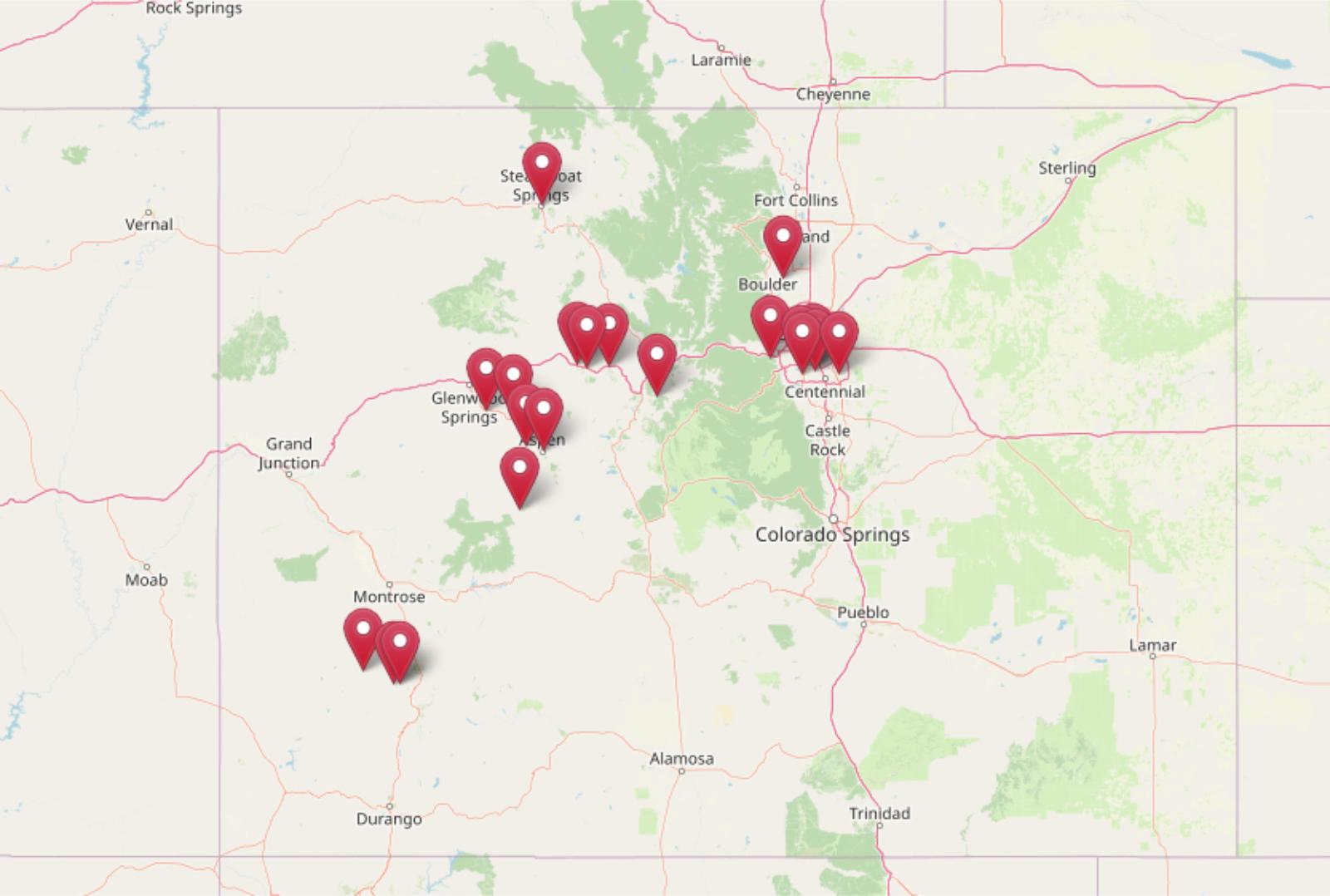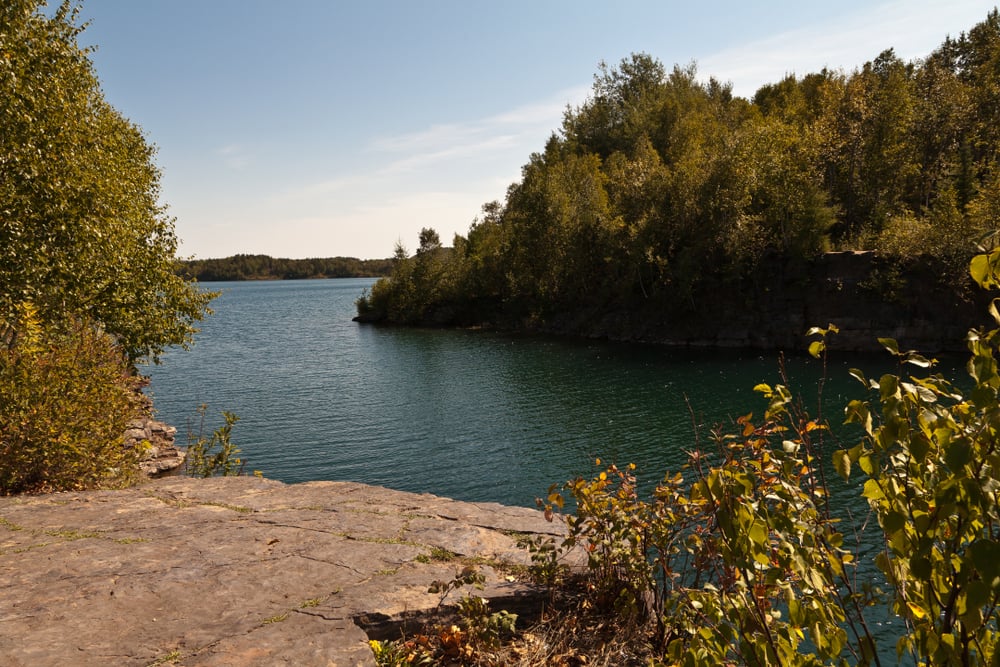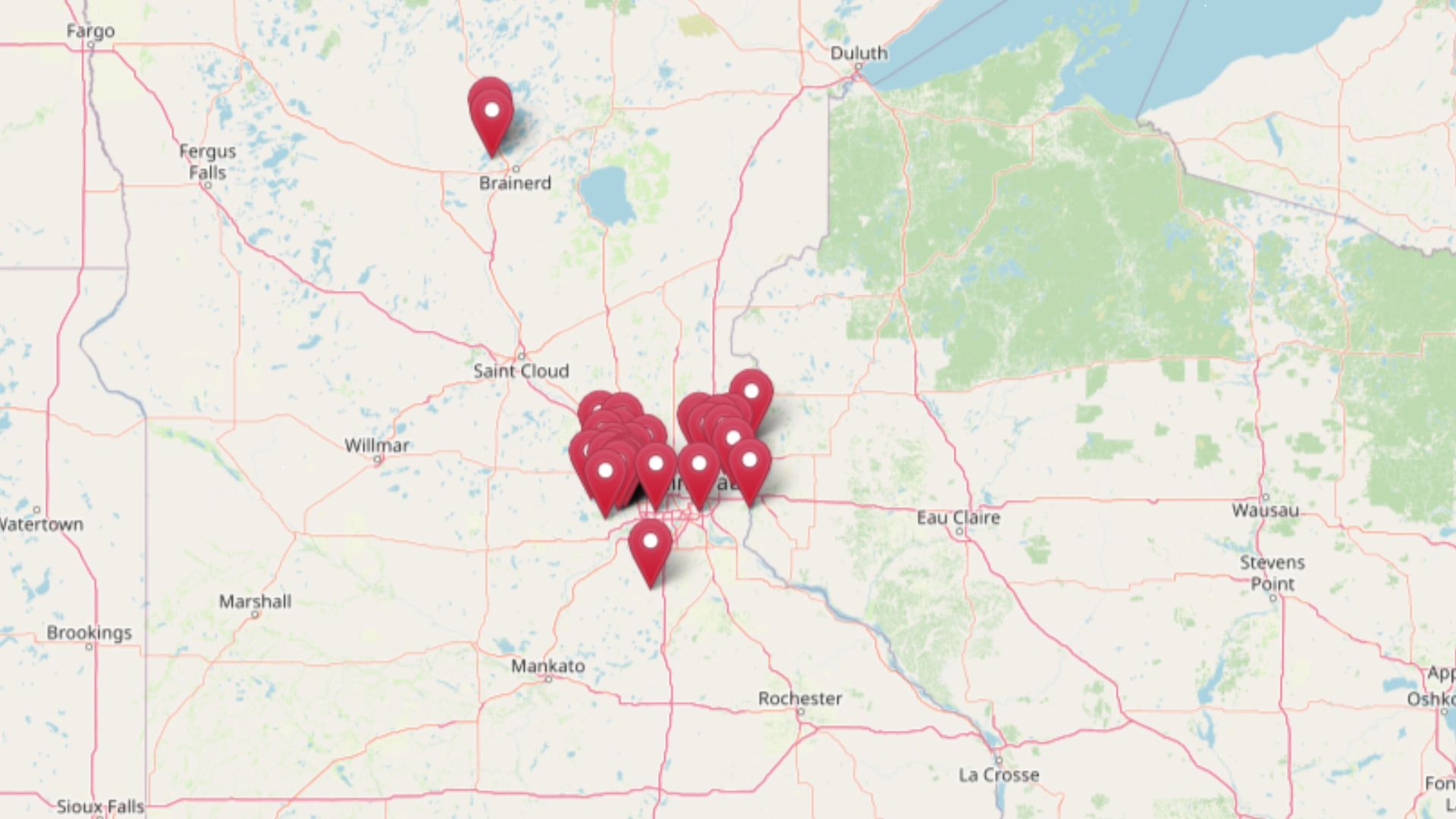
Using the latest Zillow Home Value Index data from July 2025, we’ve ranked the 30 most expensive towns in Minnesota based on current home prices. These communities showcase remarkable growth patterns, from lakefront havens to exclusive suburbs surrounding the Twin Cities metro area.
From Lake Minnetonka’s prestigious shoreline to recreational retreats in the Brainerd Lakes region, each town on this list represents significant wealth accumulation and desirability. Whether you’re researching investment opportunities, considering a move, or simply curious about Minnesota’s luxury housing market, this comprehensive analysis reveals where prices have climbed highest and the factors driving this growth.
30. Spring Park – 75% Home Price Increase Since 2010

- 2010: $320,391
- 2011: $285,240
- 2012: $270,850
- 2013: $302,867
- 2014: $334,750
- 2015: $341,810
- 2016: $358,107
- 2017: $393,300
- 2018: $420,553
- 2019: $421,008
- 2020: $433,848
- 2021: $490,519
- 2022: $525,334
- 2023: $508,733
- 2024: $525,087
- 2025: $562,283
Spring Park experienced initial market volatility in the early 2010s before finding steady footing around 2013. The community saw its strongest growth surge during the pandemic era, jumping from $433,848 in 2020 to $525,334 by 2022. Current median home values of $562,283 represent solid recovery after a brief dip in 2023.
Why Spring Park?

Why Are People Willing to Pay So Much to Live Here? What’s Special About It?
Spring Park attracts families seeking Lake Minnetonka access without the premium price tags of more exclusive lakeside communities. The town offers a blend of established neighborhoods and newer developments, with many homes featuring lake views or water access. Residents appreciate the small-town atmosphere combined with proximity to major employment centers in the western Twin Cities.
The community’s appeal lies in its balance of affordability and location within the coveted Lake Minnetonka school district. Spring Park provides easier entry into the lake lifestyle compared to neighboring Wayzata or Excelsior. Many properties offer larger lots and more space for the money compared to similar priced homes in other Minneapolis suburbs.
How Spring Park Rose to Prominence
Spring Park’s development followed the typical pattern of Twin Cities suburban expansion during the mid-20th century. Originally part of the broader Lake Minnetonka region settled in the 1850s, the area remained largely agricultural until residential development accelerated in the 1960s and 1970s. The community incorporated as a city in 1974, establishing local governance as suburban growth intensified.
The town’s proximity to Lake Minnetonka became increasingly valuable as the Twin Cities metro expanded westward. Unlike some lakeside communities that restricted development, Spring Park welcomed moderate growth while maintaining its residential character. This approach helped create a diverse housing stock ranging from modest starter homes to lakefront properties.
3 Interesting Tidbits
1. Compact Community – Spring Park covers just 1.2 square miles, making it one of the smaller incorporated cities on Lake Minnetonka’s shores.
2. Park Priorities – Despite its small size, the city maintains several parks and green spaces, including lakefront access points for residents.
3. Strategic Location – The town sits at the intersection of several major highways, providing convenient access to downtown Minneapolis and western suburbs.
29. Webster – 96% Home Price Increase Since 2010

- 2010: $292,820
- 2011: $262,656
- 2012: $259,171
- 2013: $278,599
- 2014: $312,067
- 2015: $330,700
- 2016: $350,493
- 2017: $378,900
- 2018: $402,930
- 2019: $423,332
- 2020: $443,041
- 2021: $517,007
- 2022: $576,530
- 2023: $551,435
- 2024: $560,818
- 2025: $573,948
Webster nearly doubled in value since 2010, recovering from early-decade lows around $259,000 to current levels approaching $574,000. The most dramatic growth occurred between 2020 and 2022, when values jumped over $133,000 in just two years. Recent stabilization suggests the market has found a sustainable price level.
Why Webster?

Why Are People Willing to Pay So Much to Live Here? What’s Special About It?
Webster appeals to buyers seeking small-town charm within commuting distance of the Twin Cities metro area. This Rice County community offers larger lots, newer construction, and a strong sense of community that attracts families leaving urban areas. The town’s location provides access to both Twin Cities employment and recreational opportunities in southern Minnesota.
Residents value Webster’s excellent schools, low crime rates, and family-friendly atmosphere. The community features well-maintained parks, organized youth sports, and community events that create strong neighborhood bonds. Housing options range from modest starter homes to executive properties on multi-acre lots.
How Webster Rose to Prominence
Webster began as a railroad town in the 1880s, serving as a grain shipping point for surrounding agricultural areas. The community remained small and agriculturally focused for most of the 20th century, with a population under 1,000 residents. Suburban development accelerated in the 1990s and 2000s as Twin Cities metro expansion reached Rice County.
The town’s growth strategy emphasized controlled residential development while preserving its small-town character. Webster added new subdivisions and improved infrastructure to accommodate families seeking alternatives to more expensive and crowded suburban areas closer to Minneapolis and St. Paul. This measured approach helped maintain community cohesion during rapid growth.
3 Interesting Tidbits
1. Agricultural Roots – Many of Webster’s newer subdivisions were built on former farmland, with some developments incorporating agricultural themes into street names and design.
2. Community Events – The town hosts annual celebrations including summer festivals and holiday events that bring residents together despite rapid growth.
3. Strategic Growth – Webster’s city planning has focused on maintaining rural character while accommodating suburban amenities like parks and modern infrastructure.
28. Greenfield – 86% Home Price Increase Since 2010

- 2010: $318,965
- 2011: $291,454
- 2012: $285,101
- 2013: $308,776
- 2014: $327,779
- 2015: $339,510
- 2016: $354,436
- 2017: $381,360
- 2018: $401,945
- 2019: $410,949
- 2020: $424,629
- 2021: $499,158
- 2022: $557,770
- 2023: $560,657
- 2024: $562,599
- 2025: $592,411
Greenfield showed remarkable recovery from early 2010s lows, climbing steadily from $285,000 in 2012 to nearly $600,000 today. The pandemic period brought significant acceleration, with values jumping from $424,629 in 2020 to $557,770 by 2022. Recent years show continued but more moderate appreciation.
Why Greenfield?

Why Are People Willing to Pay So Much to Live Here? What’s Special About It?
Greenfield attracts families and professionals seeking spacious suburban living with convenient access to Milwaukee’s western suburbs. This Hennepin County community offers newer construction, planned developments, and easy commuting via major highways. Residents appreciate the balance of suburban amenities with some remaining rural character.
The area appeals to buyers wanting modern homes with larger lots compared to more established Minneapolis suburbs. Greenfield provides access to quality schools, recreational facilities, and shopping while maintaining a more relaxed pace than denser urban areas. Many developments feature walking trails, parks, and community centers.
How Greenfield Rose to Prominence
Greenfield’s transformation from rural township to suburban community accelerated in the 1980s and 1990s as Twin Cities development pushed westward. The area was primarily agricultural until residential subdivisions began replacing farmland. The community’s incorporation in 1958 provided local governance as suburban pressure intensified.
Strategic planning during rapid growth periods helped Greenfield maintain controlled development while preserving some green space. The community attracted builders and developers seeking large tracts of available land for planned subdivisions. This approach created cohesive neighborhoods with consistent architectural standards and community amenities.
3 Interesting Tidbits
1. Planned Growth – Much of Greenfield’s development occurred through master-planned communities with integrated parks and recreation facilities.
2. Highway Access – The community’s location near major highways makes it attractive to commuters working throughout the western Twin Cities metro.
3. Modern Infrastructure – Greenfield’s relatively recent development allowed for modern utilities, wider streets, and contemporary community planning.
27. Corcoran – 84% Home Price Increase Since 2010

- 2010: $329,770
- 2011: $300,658
- 2012: $282,045
- 2013: $310,049
- 2014: $335,416
- 2015: $358,130
- 2016: $377,854
- 2017: $409,496
- 2018: $436,689
- 2019: $441,175
- 2020: $458,718
- 2021: $534,618
- 2022: $596,142
- 2023: $587,802
- 2024: $587,267
- 2025: $605,521
Corcoran demonstrated strong resilience through market cycles, recovering from 2012 lows around $282,000 to current values exceeding $605,000. The community experienced its strongest growth between 2020 and 2022, jumping nearly $140,000 in two years. Recent stabilization suggests the market has reached a sustainable level.
Why Corcoran?

Why Are People Willing to Pay So Much to Live Here? What’s Special About It?
Corcoran appeals to families seeking rural character with suburban conveniences in western Hennepin County. The community offers larger lots, newer construction, and a small-town atmosphere while maintaining access to Twin Cities employment centers. Residents value the area’s lakes, parks, and recreational opportunities.
The town attracts buyers wanting space and privacy without sacrificing modern amenities. Corcoran features several lakes and extensive park systems, making it popular with families and outdoor enthusiasts. The community’s planned growth has preserved natural features while adding quality housing options.
How Corcoran Rose to Prominence
Corcoran evolved from a rural farming community into a sought-after suburban destination through careful planning and controlled growth. Originally settled in the 1850s, the area remained agricultural until residential development accelerated in the 1970s and 1980s. The city’s incorporation in 1997 formalized local governance during a period of rapid expansion.
The community’s strategy emphasized preserving natural features, including lakes and woodlands, while accommodating residential growth. This approach attracted families seeking larger lots and scenic settings compared to more developed suburban areas. Corcoran’s location between established communities and rural areas provided an appealing compromise.
3 Interesting Tidbits
1. Lake Community – Corcoran includes several natural lakes that provide recreational opportunities and scenic homesites.
2. Growth Management – The city has used comprehensive planning to balance development with natural resource preservation.
3. Rural Character – Despite suburban growth, Corcoran maintains some agricultural and equestrian uses that contribute to its rural atmosphere.
26. Victoria – 53% Home Price Increase Since 2010

- 2010: $396,828
- 2011: $346,505
- 2012: $331,810
- 2013: $361,101
- 2014: $390,812
- 2015: $393,892
- 2016: $404,411
- 2017: $420,968
- 2018: $439,915
- 2019: $460,934
- 2020: $470,883
- 2021: $544,825
- 2022: $610,078
- 2023: $599,366
- 2024: $603,549
- 2025: $605,844
Victoria started from a higher base price around $397,000 in 2010, making its 53% increase more modest in percentage terms but substantial in dollar terms. The community weathered early-decade challenges before achieving steady growth, with pandemic-era acceleration pushing values above $600,000. Recent stabilization indicates market maturity.
Why Victoria?

Why Are People Willing to Pay So Much to Live Here? What’s Special About It?
Victoria attracts affluent families seeking premium suburban living with easy access to both Minneapolis and the western suburbs. This Carver County community offers upscale neighborhoods, excellent schools, and abundant recreational opportunities including nearby Lake Minnetonka access. Residents appreciate the blend of natural beauty and suburban conveniences.
The city appeals to buyers wanting established neighborhoods with mature landscaping and quality construction. Victoria provides access to hiking trails, parks, and outdoor recreation while maintaining proximity to shopping and entertainment. Many homes feature larger lots and premium finishes that justify higher price points.
How Victoria Rose to Prominence
Victoria’s development as an upscale suburban community began in earnest during the 1980s and 1990s as Twin Cities expansion reached Carver County. The area transitioned from rural farmland to planned residential developments that emphasized natural features and quality construction. The city’s strategic location between major highways and recreational areas enhanced its appeal.
Community planning focused on preserving Victoria’s natural character while accommodating high-quality residential development. The city attracted builders specializing in upscale homes, creating neighborhoods with consistent architectural standards. This approach helped establish Victoria as a premium suburban destination within the Twin Cities metro area.
3 Interesting Tidbits
1. Trail System – Victoria maintains an extensive network of recreational trails connecting neighborhoods and natural areas.
2. Lake Access – The community provides residents with access to several lakes and recreational opportunities despite not directly bordering Lake Minnetonka.
3. Premium Development – Victoria’s neighborhoods typically feature larger lots and higher construction standards compared to more affordable suburban alternatives.
25. Pine Springs – 83% Home Price Increase Since 2010

- 2010: $332,376
- 2011: $310,842
- 2012: $309,366
- 2013: $337,423
- 2014: $365,053
- 2015: $371,709
- 2016: $385,629
- 2017: $396,959
- 2018: $417,191
- 2019: $442,284
- 2020: $455,277
- 2021: $537,169
- 2022: $593,895
- 2023: $595,609
- 2024: $596,001
- 2025: $607,426
Pine Springs showed steady appreciation from 2012 onward, building momentum through the late 2010s before accelerating during the pandemic period. Values jumped from $455,277 in 2020 to nearly $600,000 by 2022, with continued modest growth reaching $607,426 in 2025. The community demonstrates consistent demand despite market fluctuations.
Why Pine Springs?

Why Are People Willing to Pay So Much to Live Here? What’s Special About It?
Pine Springs attracts buyers seeking scenic beauty and tranquil living in Washington County’s St. Croix River valley. The community offers wooded lots, rolling terrain, and proximity to state parks and recreational areas. Residents appreciate the blend of natural settings with reasonable access to Twin Cities employment centers.
The area appeals to families wanting larger lots and custom-built homes in a natural setting. Pine Springs provides access to hiking trails, scenic overlooks, and outdoor recreation while maintaining suburban conveniences. Many properties offer privacy and scenic views that justify premium pricing compared to more developed suburban areas.
How Pine Springs Rose to Prominence
Pine Springs developed as an exclusive residential community taking advantage of Washington County’s scenic St. Croix River valley location. The area’s natural beauty and proximity to state parks made it attractive for custom home development beginning in the 1970s and 1980s. The community’s incorporation allowed for local control over development standards and natural resource protection.
Growth patterns emphasized preserving the area’s wooded character while accommodating upscale residential development. Pine Springs attracted builders and buyers seeking alternatives to more conventional suburban developments. The community’s location between the Twin Cities and recreational areas of eastern Minnesota enhanced its appeal as both a primary residence and weekend retreat destination.
3 Interesting Tidbits
1. Natural Setting – Pine Springs is characterized by heavily wooded lots and rolling topography that creates a forest-like atmosphere.
2. St. Croix Access – The community provides access to the scenic St. Croix River valley and related recreational opportunities.
3. Custom Homes – Many Pine Springs properties feature custom-built homes designed to take advantage of natural settings and scenic views.
24. Gem Lake – 65% Home Price Increase Since 2010

- 2010: $371,283
- 2011: $323,704
- 2012: $321,530
- 2013: $343,149
- 2014: $379,488
- 2015: $387,693
- 2016: $381,353
- 2017: $408,147
- 2018: $431,786
- 2019: $440,141
- 2020: $460,712
- 2021: $535,481
- 2022: $600,339
- 2023: $591,125
- 2024: $595,951
- 2025: $613,572
Gem Lake recovered from early 2010s challenges to achieve steady growth throughout the latter half of the decade. The pandemic period brought significant acceleration, with values jumping from $460,712 in 2020 to $600,339 by 2022. Recent stabilization above $610,000 suggests sustainable market levels for this small exclusive community.
Why Gem Lake?

Why Are People Willing to Pay So Much to Live Here? What’s Special About It?
Gem Lake appeals to affluent buyers seeking privacy and exclusivity in a small, tightly-knit community north of St. Paul. This tiny city offers large lots, custom homes, and a rural atmosphere while maintaining proximity to Twin Cities employment and cultural opportunities. Residents value the community’s commitment to preserving its unique character and natural features.
The area attracts families wanting space, privacy, and a strong sense of community in an intimate setting. Gem Lake’s small size creates a neighborhood-like atmosphere where residents know each other and participate in local governance. The community’s zoning and development standards ensure quality construction and preserve property values.
How Gem Lake Rose to Prominence
Gem Lake incorporated in 1957 as one of Minnesota’s smallest cities, seeking to maintain local control over development in the face of expanding suburban growth. The community’s founders wanted to preserve the area’s rural character and prevent incompatible development. This approach attracted buyers seeking alternatives to conventional suburban subdivisions.
The city’s development strategy emphasized large lots, custom homes, and natural resource preservation. Gem Lake’s small size and engaged residents created effective local governance focused on maintaining community character. This approach attracted affluent families willing to pay premium prices for privacy, space, and community involvement.
3 Interesting Tidbits
1. Tiny City – Gem Lake is one of Minnesota’s smallest incorporated cities by population, creating an intimate community atmosphere.
2. Large Lots – The community’s zoning emphasizes large lots and low density to preserve its rural character.
3. Active Governance – Residents are highly engaged in local government and community decision-making due to the city’s small size.
23. Edina – 77% Home Price Increase Since 2010

- 2010: $349,550
- 2011: $326,471
- 2012: $322,908
- 2013: $362,894
- 2014: $393,486
- 2015: $410,055
- 2016: $419,314
- 2017: $441,462
- 2018: $472,545
- 2019: $476,271
- 2020: $484,045
- 2021: $539,447
- 2022: $585,253
- 2023: $589,550
- 2024: $600,062
- 2025: $617,124
Edina demonstrated steady recovery from early-decade lows, building consistent momentum through the 2010s before accelerating during the pandemic era. Values climbed from $484,045 in 2020 to $585,253 by 2022, with continued growth reaching $617,124 in 2025. This established suburb shows remarkable resilience and sustained demand.
Why Edina?

Why Are People Willing to Pay So Much to Live Here? What’s Special About It?
Edina attracts affluent families seeking one of Minnesota’s most prestigious addresses with exceptional schools, upscale amenities, and convenient Twin Cities access. The community offers established neighborhoods with mature landscaping, quality construction, and proximity to shopping destinations like Southdale Center. Residents appreciate the blend of suburban luxury and urban convenience.
The city appeals to professionals and executives wanting proven property values and social status within the Twin Cities metro. Edina provides access to country clubs, fine dining, cultural activities, and recreational facilities while maintaining excellent schools and safe neighborhoods. The community’s reputation for quality creates sustained demand and stable property appreciation.
How Edina Rose to Prominence
Edina evolved from a small farming community into one of Minnesota’s most prestigious suburbs through strategic planning and quality development beginning in the 1920s. The community’s incorporation in 1888 provided local governance as Minneapolis expanded southward. Early developers emphasized quality construction and comprehensive planning that established Edina’s reputation for excellence.
Post-World War II growth accelerated Edina’s transformation into an upscale suburban destination. The development of Southdale Center in 1956 as the nation’s first enclosed shopping mall enhanced the community’s appeal and national recognition. This combination of quality residential development and commercial amenities created a model suburban community.
3 Interesting Tidbits
1. Shopping Pioneer – Edina was home to Southdale Center, the nation’s first fully enclosed shopping mall when it opened in 1956.
2. Country Club Culture – The community features several prestigious country clubs and recreational facilities that enhance its upscale reputation.
3. School Excellence – Edina’s school system consistently ranks among Minnesota’s best, contributing to sustained residential demand and property values.
22. Lake Elmo – 72% Home Price Increase Since 2010

- 2010: $361,299
- 2011: $342,695
- 2012: $343,927
- 2013: $369,978
- 2014: $392,464
- 2015: $401,888
- 2016: $420,141
- 2017: $434,200
- 2018: $454,207
- 2019: $468,035
- 2020: $479,059
- 2021: $550,194
- 2022: $619,558
- 2023: $618,421
- 2024: $610,755
- 2025: $620,727
Lake Elmo showed remarkable consistency through market cycles, maintaining steady growth from 2012 onward with minimal volatility. The pandemic period brought significant acceleration, jumping from $479,059 in 2020 to $619,558 by 2022. Recent stabilization around $620,000 reflects strong demand for this Washington County community.
Why Lake Elmo?

Why Are People Willing to Pay So Much to Live Here? What’s Special About It?
Lake Elmo attracts affluent families seeking premium suburban living with natural beauty and recreational opportunities in Washington County. The community offers larger lots, newer construction, and access to lakes and parks while maintaining reasonable commutes to Twin Cities employment centers. Residents appreciate the blend of rural character and suburban conveniences.
The city appeals to buyers wanting quality schools, safe neighborhoods, and outdoor recreation opportunities. Lake Elmo provides access to several lakes, extensive trail systems, and preserved natural areas while offering modern amenities and services. The community’s planned growth has maintained its appeal as a family-friendly destination.
How Lake Elmo Rose to Prominence
Lake Elmo’s development as an upscale suburban community accelerated during the 1980s and 1990s as Twin Cities growth expanded into Washington County. The area’s natural features, including several lakes and rolling terrain, made it attractive for residential development. The city’s incorporation in 1881 provided local governance as growth pressures intensified.
Strategic planning during rapid growth periods helped Lake Elmo balance development with natural resource preservation. The community attracted builders specializing in quality construction and larger lot developments. This approach created neighborhoods with consistent standards while preserving the natural features that made the area desirable.
3 Interesting Tidbits
1. Multiple Lakes – Lake Elmo features several natural lakes that provide recreational opportunities and scenic homesites.
2. Trail Networks – The community maintains extensive recreational trails connecting neighborhoods and natural areas.
3. Growth Management – Lake Elmo has used comprehensive planning to balance residential development with open space preservation.
21. Marine on Saint Croix – 95% Home Price Increase Since 2010

- 2010: $318,656
- 2011: $304,863
- 2012: $293,504
- 2013: $323,563
- 2014: $343,220
- 2015: $352,268
- 2016: $375,608
- 2017: $391,181
- 2018: $412,276
- 2019: $426,896
- 2020: $450,183
- 2021: $533,099
- 2022: $594,598
- 2023: $589,977
- 2024: $610,470
- 2025: $621,510
Marine on Saint Croix nearly doubled in value since 2010, recovering strongly from early-decade lows around $293,000. The community experienced dramatic acceleration during the pandemic, jumping from $450,183 in 2020 to $594,598 by 2022. Recent growth continues at a more moderate pace, reaching $621,510 in 2025.
Why Marine on Saint Croix?

Why Are People Willing to Pay So Much to Live Here? What’s Special About It?
Marine on Saint Croix attracts buyers seeking historic charm and scenic beauty along the St. Croix River in Washington County. This small community offers New England-style architecture, antique shops, and a walkable downtown area that creates unique character compared to typical suburban developments. Residents appreciate the blend of historic preservation and natural beauty.
The town appeals to families and professionals wanting a distinctive community with strong local identity and river access. Marine on Saint Croix provides access to state parks, recreational trails, and water activities while maintaining proximity to Twin Cities employment. The community’s commitment to historic preservation creates a timeless appeal that justifies premium pricing.
How Marine on Saint Croix Rose to Prominence
Marine on Saint Croix traces its origins to the 1830s as one of Minnesota’s earliest settlements, founded by lumbermen taking advantage of the St. Croix River for log transport. The community developed as a lumber town and river port, with many historic buildings dating to the mid-1800s. The transition from industrial use to residential community occurred gradually through the mid-20th century.
The town’s historic character and scenic location made it increasingly attractive as Twin Cities residents sought alternatives to conventional suburban development. Marine on Saint Croix’s incorporation as a city in 1881 provided local control over development and historic preservation. This approach attracted buyers willing to pay premium prices for unique character and river access.
3 Interesting Tidbits
1. Historic District – Much of the community is listed on the National Register of Historic Places, preserving its 19th-century character.
2. River Town Heritage – Marine on Saint Croix was one of Minnesota’s first lumber towns, with historic buildings reflecting this industrial heritage.
3. Scenic Location – The town sits along the St. Croix National Scenic Riverway, providing access to protected natural areas and recreational opportunities.
20. Minnetrista – 68% Home Price Increase Since 2010

- 2010: $401,922
- 2011: $375,834
- 2012: $359,110
- 2013: $390,774
- 2014: $413,786
- 2015: $422,671
- 2016: $431,226
- 2017: $458,639
- 2018: $482,598
- 2019: $489,530
- 2020: $506,040
- 2021: $596,592
- 2022: $676,011
- 2023: $668,192
- 2024: $661,293
- 2025: $676,903
Minnetrista started from a higher base around $402,000 in 2010 and maintained steady growth through market cycles. The pandemic period brought substantial acceleration, with values jumping from $506,040 in 2020 to $676,011 by 2022. Recent stabilization above $675,000 reflects this Lake Minnetonka community’s sustained desirability.
Why Minnetrista?
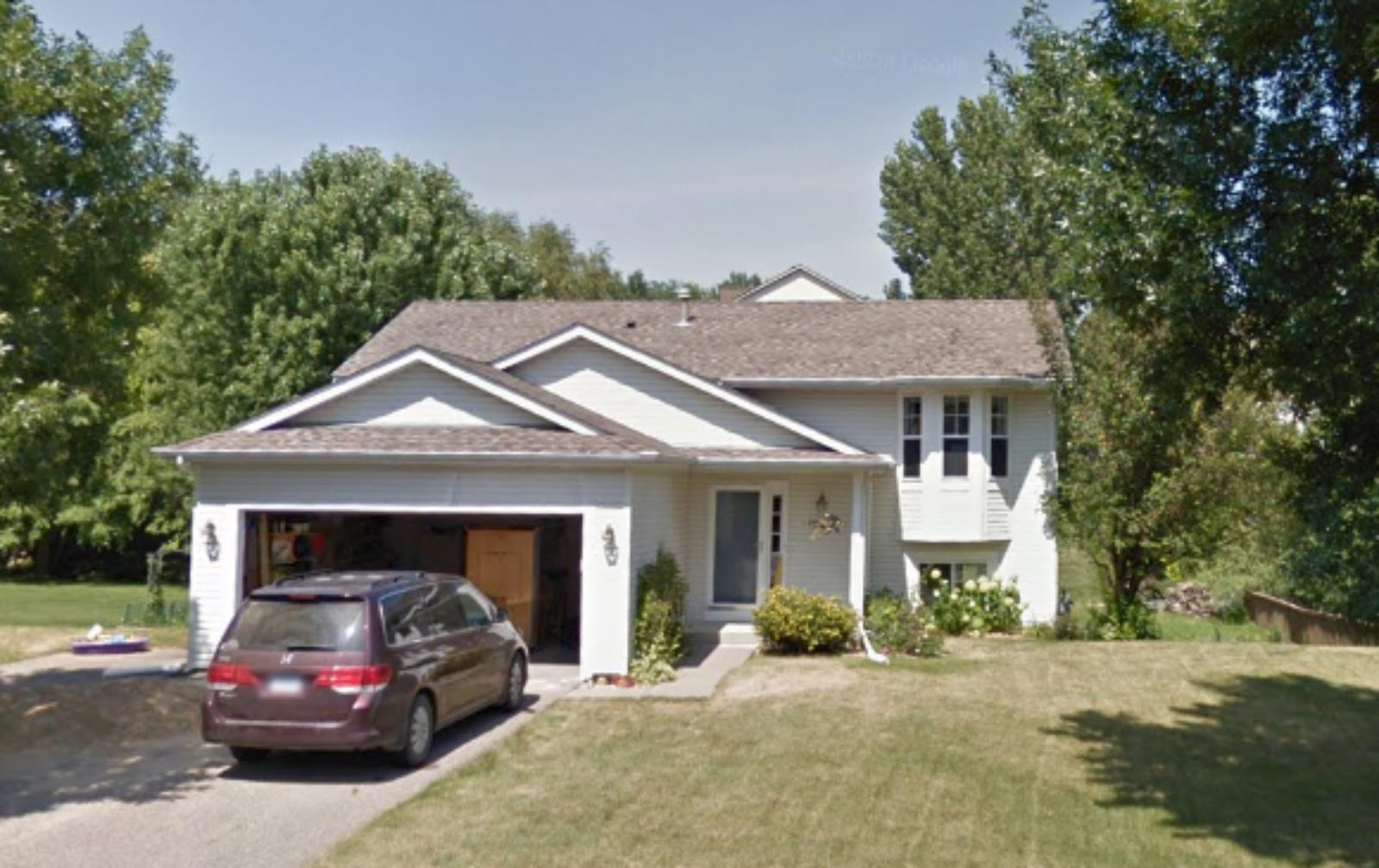
Why Are People Willing to Pay So Much to Live Here? What’s Special About It?
Minnetrista attracts affluent families seeking Lake Minnetonka access with more space and privacy than other lakeside communities. This Hennepin County city offers larger lots, newer developments, and extensive parkland while providing lake access and recreational opportunities. Residents appreciate the balance of suburban amenities with rural character and natural beauty.
The community appeals to buyers wanting premium suburban living with outdoor recreation opportunities. Minnetrista provides access to Lake Minnetonka, numerous parks and trails, and golf courses while maintaining excellent schools and safe neighborhoods. The city’s planned growth has preserved natural features while accommodating quality residential development.
How Minnetrista Rose to Prominence
Minnetrista evolved from agricultural township to upscale suburban community through strategic planning beginning in the 1960s and 1970s. The area’s location along Lake Minnetonka’s western shore made it attractive for residential development as Twin Cities expansion reached Hennepin County’s outer areas. The city’s incorporation in 1969 provided local governance during rapid growth.
Development patterns emphasized preserving natural features while accommodating upscale residential growth. Minnetrista attracted builders specializing in larger lot developments that took advantage of the area’s lakes, wetlands, and rolling terrain. This approach created a community known for quality construction and natural beauty.
3 Interesting Tidbits
1. Park System – Minnetrista maintains over 600 acres of parkland, including regional parks and natural areas.
2. Lake Access – The city provides residents with multiple public access points to Lake Minnetonka for recreation and boating.
3. Rural Character – Despite suburban growth, Minnetrista has preserved agricultural areas and rural roads that contribute to its character.
19. East Gull Lake – 114% Home Price Increase Since 2010

- 2010: $321,498
- 2011: $311,891
- 2012: $320,358
- 2013: $328,946
- 2014: $344,731
- 2015: $351,418
- 2016: $360,031
- 2017: $370,715
- 2018: $391,555
- 2019: $419,158
- 2020: $434,922
- 2021: $532,920
- 2022: $639,132
- 2023: $616,835
- 2024: $636,786
- 2025: $688,936
East Gull Lake more than doubled in value since 2010, showing consistent appreciation through most periods. The pandemic era brought exceptional growth, jumping from $434,922 in 2020 to $639,132 by 2022. Continued strong performance reaching $688,936 in 2025 reflects this recreational community’s growing appeal.
Why East Gull Lake?
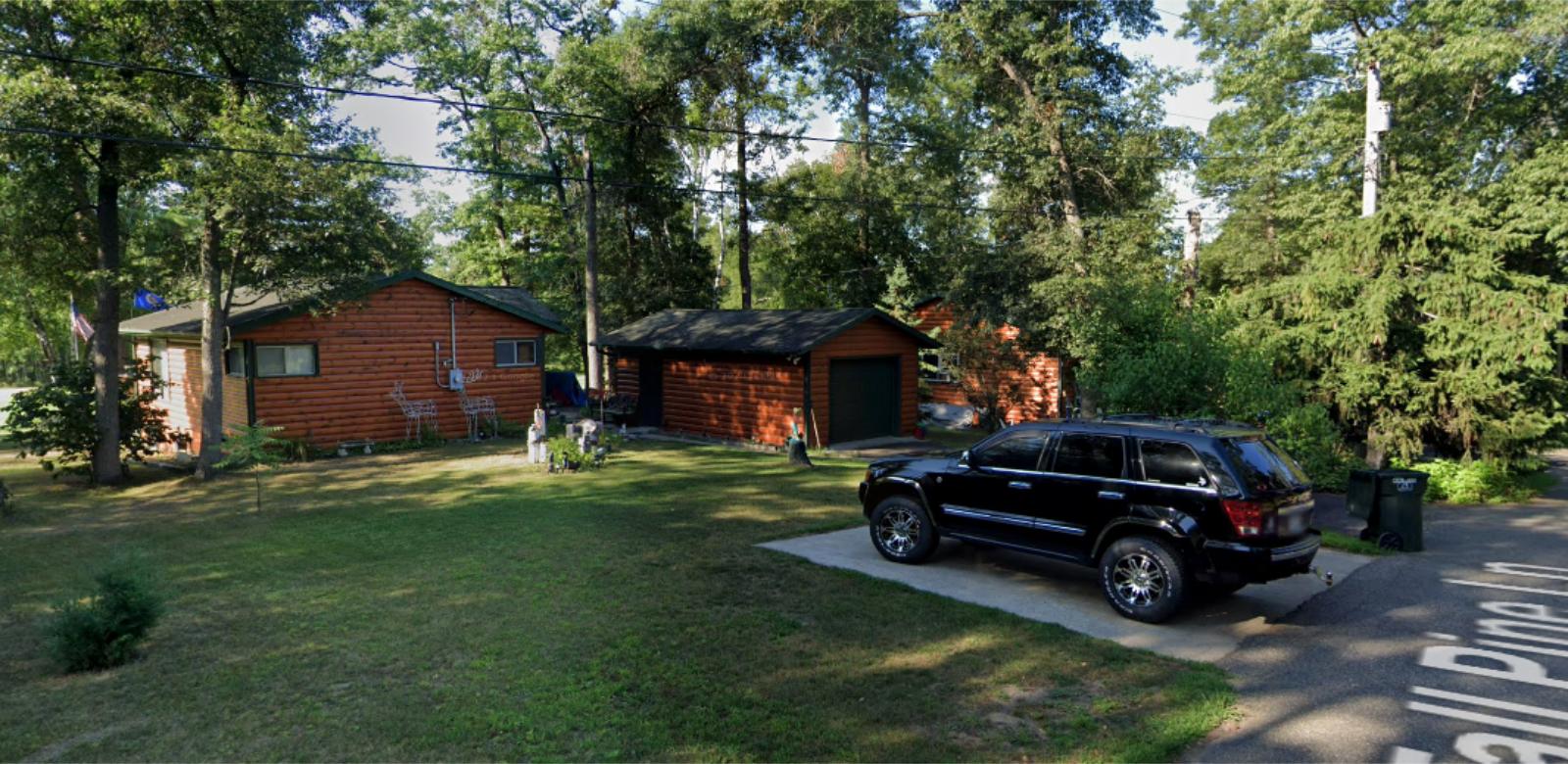
Why Are People Willing to Pay So Much to Live Here? What’s Special About It?
East Gull Lake attracts affluent buyers seeking premier recreational living in the Brainerd Lakes region of central Minnesota. This Cass County community offers lakefront properties, golf courses, and resort-like amenities that appeal to both full-time residents and vacation home owners. The area provides access to pristine lakes, recreational activities, and a relaxed lifestyle.
The community appeals to retirees, professionals, and families wanting high-quality lakefront living with recreational opportunities. East Gull Lake features championship golf courses, upscale dining, and luxury accommodations that create a resort atmosphere. Many properties offer direct lake access, private docks, and scenic views that justify premium pricing.
How East Gull Lake Rose to Prominence
East Gull Lake developed as a recreational destination beginning in the early 1900s with the establishment of resorts and summer cottages. The area’s clear lakes and natural beauty made it popular with wealthy families from Minneapolis and other urban areas seeking seasonal retreats. Post-World War II prosperity expanded recreational development and permanent residency.
The community’s transformation into a year-round luxury market accelerated with the development of championship golf courses and upscale amenities. East Gull Lake attracted retirees and affluent professionals seeking alternatives to urban living. This evolution created a unique market combining recreational amenities with permanent residential opportunities.
3 Interesting Tidbits
1. Golf Destination – East Gull Lake features multiple championship golf courses that attract players from across the region.
2. Clear Waters – Gull Lake is known for exceptional water clarity and quality, making it popular for swimming, boating, and fishing.
3. Resort Heritage – The area has a long history as a recreational destination dating back to the early 1900s resort era.
18. Grant – 77% Home Price Increase Since 2010

- 2010: $413,447
- 2011: $374,368
- 2012: $368,350
- 2013: $398,803
- 2014: $428,885
- 2015: $437,468
- 2016: $460,720
- 2017: $479,468
- 2018: $502,060
- 2019: $516,763
- 2020: $548,388
- 2021: $644,548
- 2022: $713,645
- 2023: $701,959
- 2024: $710,229
- 2025: $732,389
Grant started from a higher base around $413,000 and maintained steady appreciation through most periods. The pandemic brought dramatic acceleration, jumping from $548,388 in 2020 to $713,645 by 2022. Continued growth reaching $732,389 demonstrates this Washington County community’s sustained appeal to affluent buyers.
Why Grant?
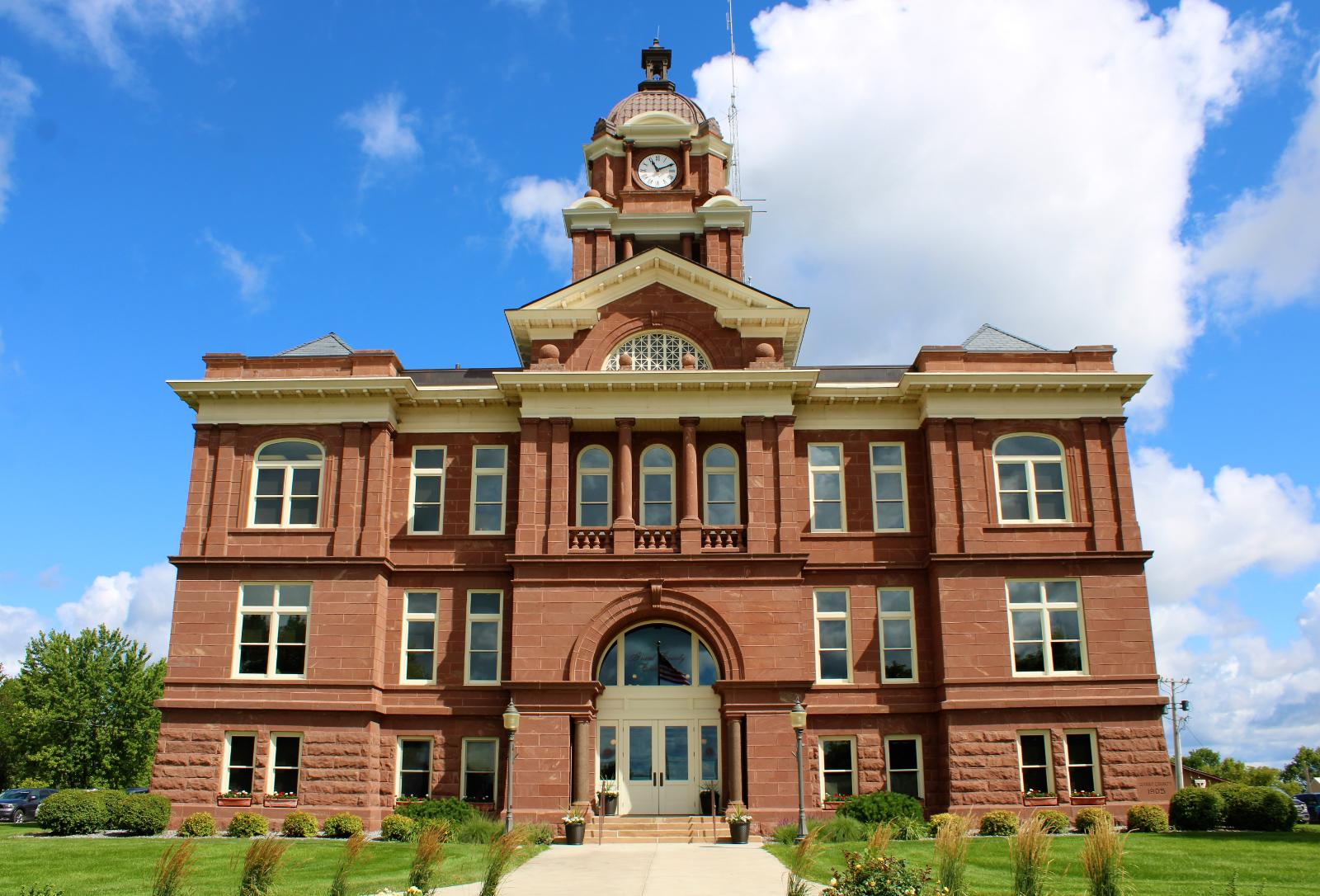
Why Are People Willing to Pay So Much to Live Here? What’s Special About It?
Grant attracts affluent families seeking rural tranquility with suburban conveniences in Washington County’s scenic St. Croix River valley. This small community offers large lots, custom homes, and natural beauty while maintaining reasonable access to Twin Cities employment centers. Residents appreciate the blend of privacy, space, and outdoor recreation opportunities.
The township appeals to buyers wanting estate-sized properties and custom construction in a natural setting. Grant provides access to state parks, recreational trails, and scenic countryside while offering modern amenities and quality construction. The community’s low density and natural features create an exclusive atmosphere that justifies premium pricing.
How Grant Rose to Prominence
Grant developed as an exclusive residential area taking advantage of Washington County’s natural beauty and proximity to the Twin Cities. The township’s rural character and large lot requirements attracted buyers seeking alternatives to conventional suburban development beginning in the 1970s and 1980s. Strategic planning preserved natural features while accommodating upscale residential growth.
The community’s appeal grew as Twin Cities professionals and executives sought larger properties and rural settings for primary or secondary residences. Grant’s location between the metropolitan area and recreational regions of eastern Minnesota enhanced its attractiveness. This positioning created a unique market for luxury rural residential development.
3 Interesting Tidbits
1. Large Lots – Grant’s zoning emphasizes large lot sizes that preserve rural character and provide privacy for residents.
2. Natural Beauty – The township features rolling terrain, woodlands, and scenic views characteristic of the St. Croix River valley.
3. Custom Homes – Most Grant properties feature custom-built homes designed to take advantage of natural settings and larger lot sizes.
17. Afton – 83% Home Price Increase Since 2010

- 2010: $400,883
- 2011: $390,493
- 2012: $348,606
- 2013: $383,684
- 2014: $421,949
- 2015: $428,890
- 2016: $456,383
- 2017: $474,963
- 2018: $501,108
- 2019: $516,301
- 2020: $543,033
- 2021: $642,438
- 2022: $727,037
- 2023: $714,188
- 2024: $709,002
- 2025: $734,811
Afton recovered from early-decade challenges to achieve steady growth, with values climbing from $348,606 in 2012 to over $500,000 by 2018. The pandemic period brought exceptional acceleration, jumping from $543,033 in 2020 to $727,037 by 2022. Current values around $735,000 reflect sustained demand for this scenic Washington County community.
Why Afton?
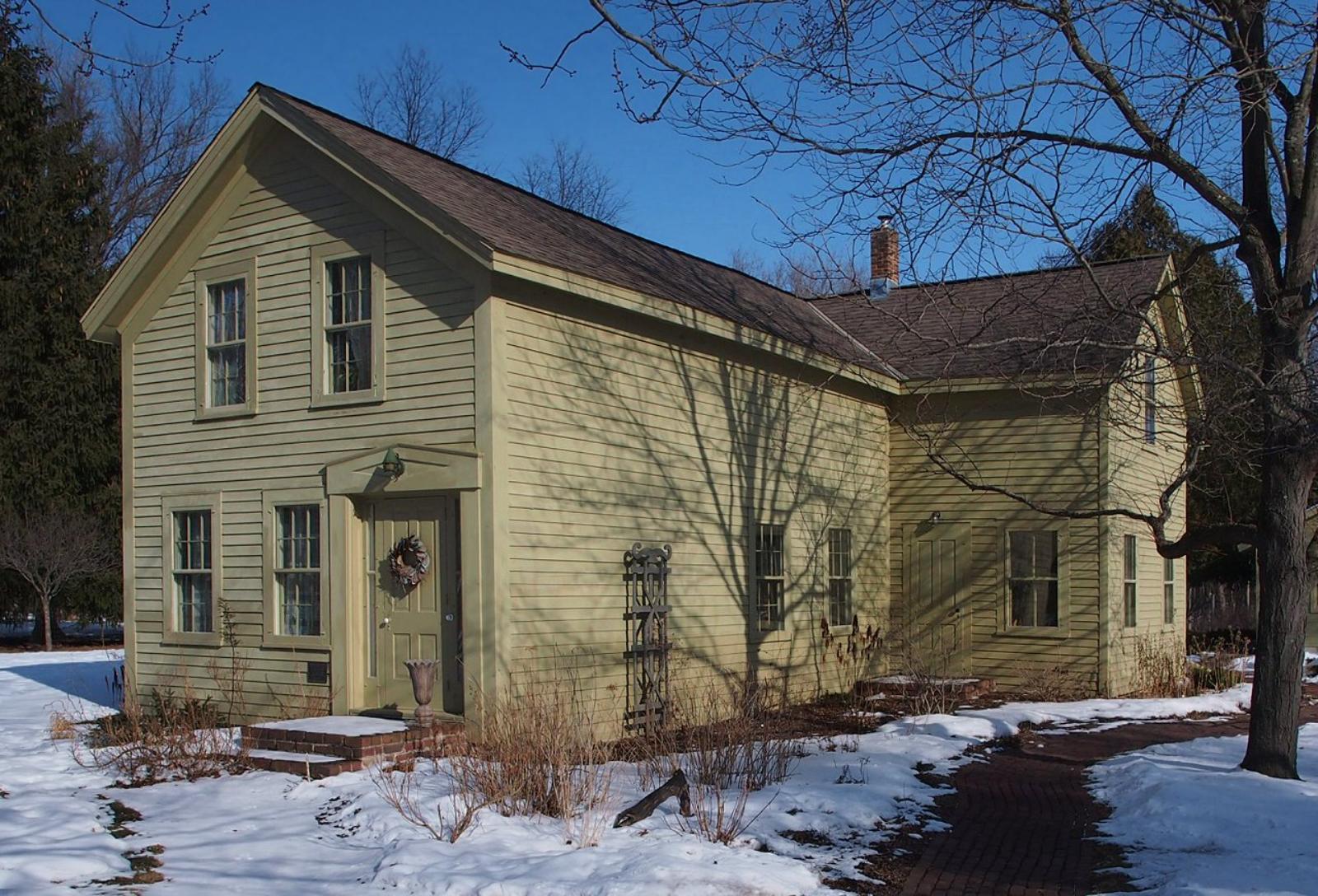
Why Are People Willing to Pay So Much to Live Here? What’s Special About It?
Afton attracts affluent buyers seeking historic charm and scenic beauty in Washington County’s St. Croix River valley. This small city offers a blend of historic architecture, natural settings, and recreational opportunities while maintaining proximity to Twin Cities employment. Residents appreciate the community’s commitment to preserving its unique character and rural atmosphere.
The town appeals to families and professionals wanting distinctive housing options and strong community identity. Afton provides access to Afton State Park, recreational trails, and the St. Croix River while offering quality schools and safe neighborhoods. The community’s historic character and natural beauty create unique appeal compared to conventional suburban alternatives.
How Afton Rose to Prominence
Afton traces its origins to the 1850s as a trading post and river town along the St. Croix River. The community developed around lumber and agricultural industries before transitioning to residential use as Twin Cities expansion reached Washington County. The city’s incorporation in 1969 provided local governance during suburban growth pressures.
The town’s historic character and scenic location made it increasingly attractive to buyers seeking alternatives to conventional suburban development. Afton’s proximity to Afton State Park and the St. Croix River enhanced its appeal as both a primary residence and recreational destination. Strategic planning helped preserve the community’s distinctive character while accommodating quality residential growth.
3 Interesting Tidbits
1. State Park Access – Afton borders Afton State Park, providing residents with direct access to hiking trails and scenic overlooks.
2. Historic Character – The community features historic buildings and architecture reflecting its 19th-century origins as a river town.
3. Recreational Hub – Afton serves as a gateway to outdoor recreation opportunities in the St. Croix River valley region.
16. Lake Shore – 125% Home Price Increase Since 2010

- 2010: $335,278
- 2011: $315,686
- 2012: $322,804
- 2013: $341,699
- 2014: $364,502
- 2015: $367,059
- 2016: $377,426
- 2017: $392,891
- 2018: $412,264
- 2019: $432,631
- 2020: $455,042
- 2021: $572,043
- 2022: $674,873
- 2023: $664,181
- 2024: $701,529
- 2025: $752,758
Lake Shore more than doubled in value since 2010, demonstrating exceptional growth acceleration during the pandemic period. Values jumped from $455,042 in 2020 to $674,873 by 2022, with continued strong performance reaching $752,758 in 2025. This Cass County community represents the premium end of Minnesota’s recreational lake market.
Why Lake Shore?
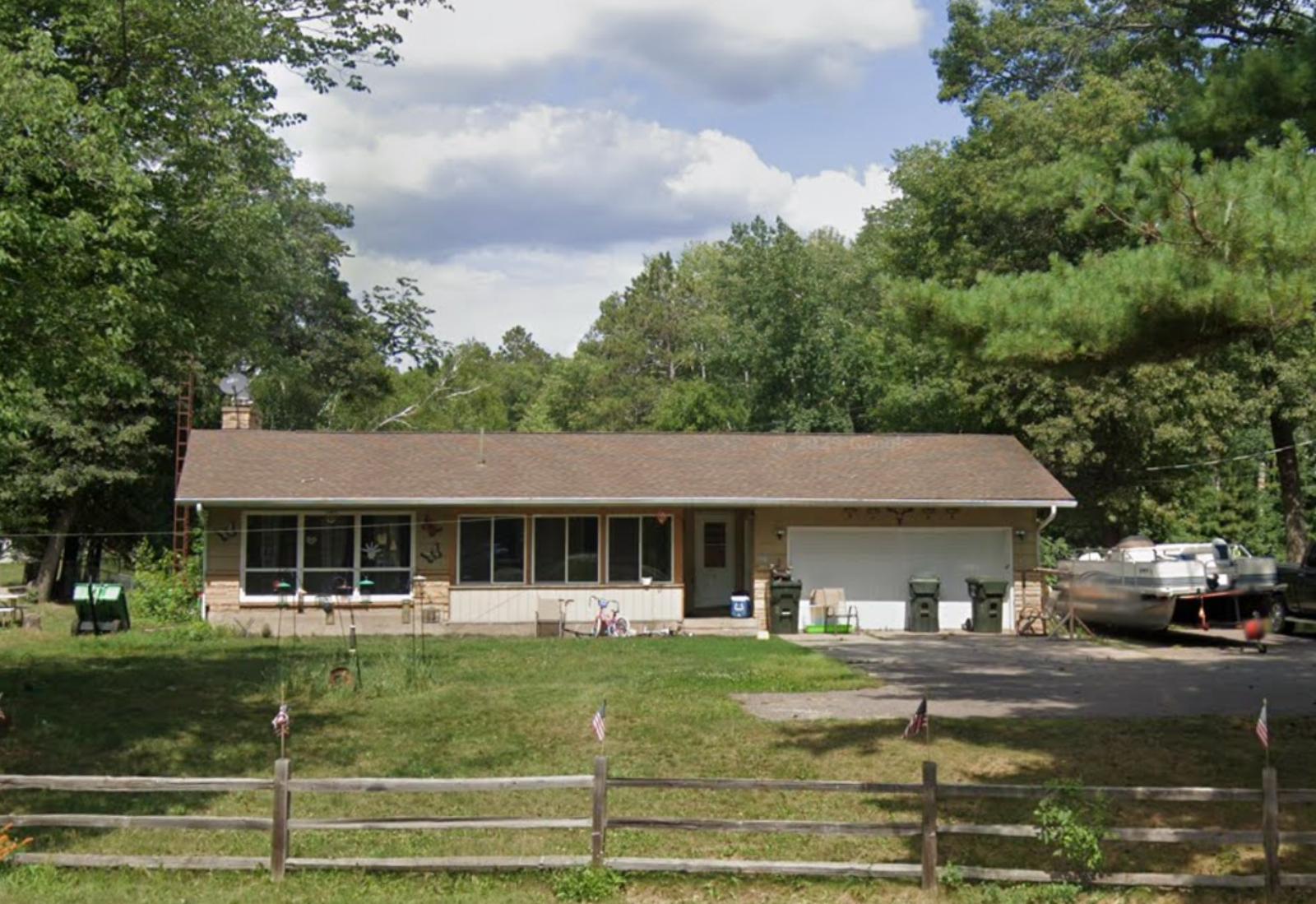
Why Are People Willing to Pay So Much to Live Here? What’s Special About It?
Lake Shore attracts affluent buyers seeking luxury lakefront living in the prestigious Brainerd Lakes region. This Cass County community offers high-end homes with pristine Gull Lake frontage, championship golf, and resort-like amenities. Residents enjoy clear waters, recreational activities, and an exclusive atmosphere that rivals expensive coastal destinations.
The community appeals to retirees, executives, and affluent families wanting premium recreational living with year-round appeal. Lake Shore provides access to multiple golf courses, fine dining, and luxury accommodations while offering some of Minnesota’s most desirable lakefront properties. The area’s natural beauty and recreational opportunities justify pricing comparable to exclusive resort markets.
How Lake Shore Rose to Prominence
Lake Shore developed as an exclusive recreational community building on the Brainerd Lakes region’s historic appeal to wealthy Minneapolis families. Early development focused on high-quality resort properties and summer estates beginning in the early 1900s. Post-war prosperity expanded the market for permanent residences and luxury recreational properties.
The community’s transformation into a year-round luxury market accelerated with golf course development and upscale amenities. Lake Shore attracted retirees and affluent professionals seeking alternatives to urban living without sacrificing luxury amenities. This evolution created one of Minnesota’s most exclusive residential markets outside the Twin Cities metro area.
3 Interesting Tidbits
1. Premium Lakefront – Lake Shore offers some of the most expensive and desirable lakefront properties in Minnesota’s recreational lake regions.
2. Golf Paradise – The community features multiple championship golf courses that attract players from across the Midwest.
3. Exclusive Market – Lake Shore represents the premium segment of Minnesota’s recreational property market with pricing comparable to exclusive resort destinations.
15. Independence – 80% Home Price Increase Since 2010

- 2010: $432,907
- 2011: $394,944
- 2012: $384,289
- 2013: $416,835
- 2014: $443,594
- 2015: $454,016
- 2016: $464,259
- 2017: $489,870
- 2018: $532,660
- 2019: $532,688
- 2020: $550,616
- 2021: $657,699
- 2022: $749,234
- 2023: $753,104
- 2024: $759,192
- 2025: $781,037
Independence started from a high base around $433,000 and maintained steady appreciation through market cycles. The pandemic period brought significant acceleration, with values jumping from $550,616 in 2020 to $749,234 by 2022. Continued growth reaching $781,037 reflects this western Hennepin County community’s appeal to affluent buyers seeking rural atmosphere.
Why Independence?
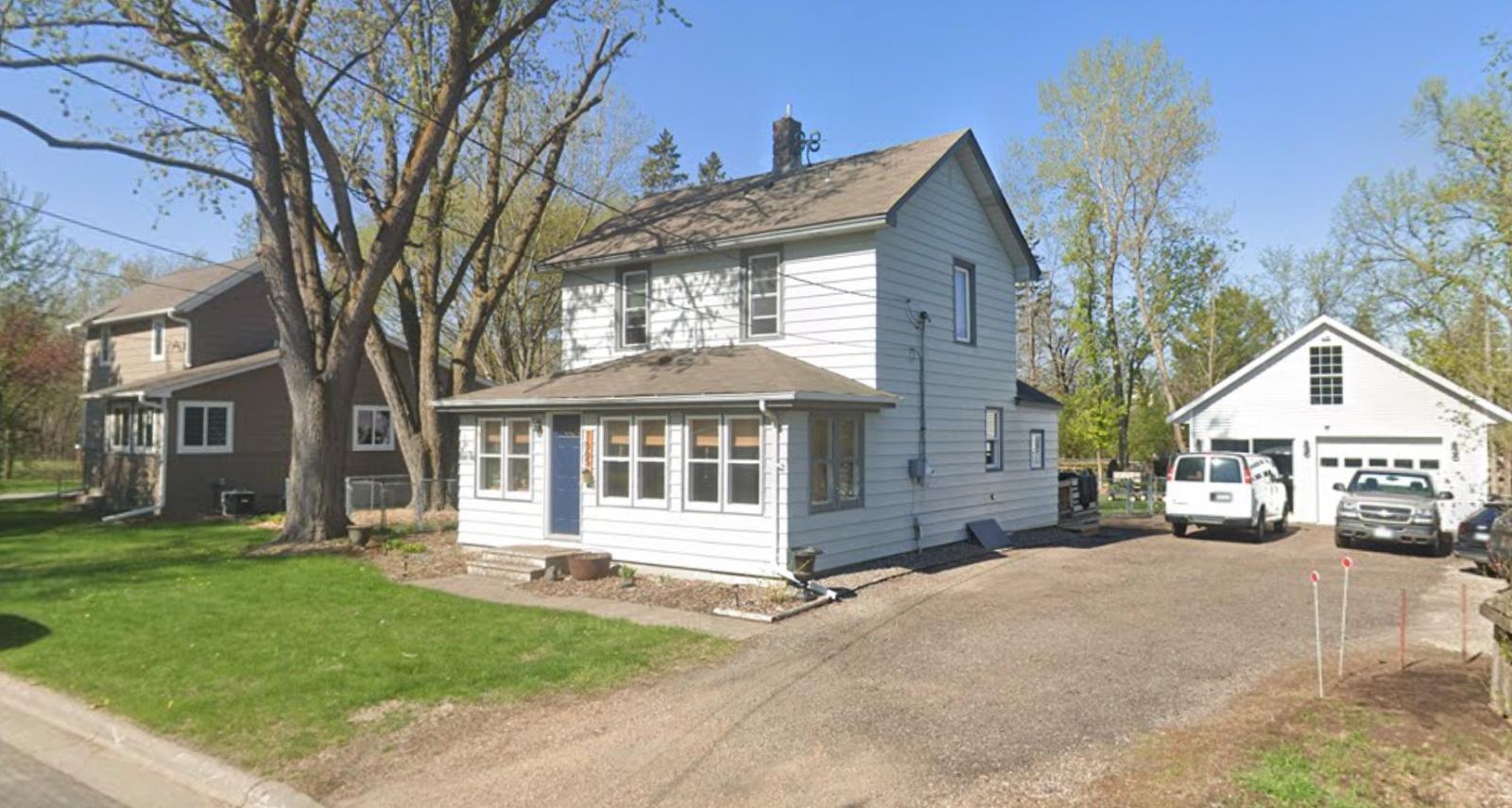
Why Are People Willing to Pay So Much to Live Here? What’s Special About It?
Independence attracts affluent families seeking rural tranquility with suburban conveniences in western Hennepin County. This community offers large lots often exceeding five acres, equestrian facilities, and a countryside atmosphere while maintaining access to Lake Minnetonka and Twin Cities employment. Residents appreciate the blend of privacy, space, and recreational opportunities.
The city appeals to buyers wanting estate-sized properties and custom homes in a rural setting. Independence provides access to horseback riding trails, recreational areas, and countryside views while offering quality schools and modern amenities. The community’s low density and agricultural character create an exclusive atmosphere that justifies premium pricing.
How Independence Rose to Prominence
Independence developed as an upscale rural residential community taking advantage of western Hennepin County’s agricultural landscape and proximity to Lake Minnetonka. The township’s incorporation as a city in 1997 provided local governance as suburban pressure intensified. Strategic planning emphasized preserving rural character while accommodating upscale residential development.
The community’s appeal grew among affluent families and professionals seeking alternatives to conventional suburban living. Independence’s large lot requirements and agricultural zoning attracted buyers wanting space for horses, gardens, and custom homes. This approach created a unique suburban market emphasizing rural lifestyle and natural beauty.
3 Interesting Tidbits
1. Equestrian Culture – Independence maintains a strong horse-friendly culture with stables, riding trails, and equestrian events.
2. Large Lots – Many properties exceed five acres, providing space for custom homes, outbuildings, and recreational activities.
3. Rural Character – The community has preserved agricultural uses and rural roads that contribute to its countryside atmosphere.
14. Shorewood – 76% Home Price Increase Since 2010

- 2010: $449,160
- 2011: $422,054
- 2012: $409,918
- 2013: $444,949
- 2014: $481,431
- 2015: $486,068
- 2016: $504,625
- 2017: $527,752
- 2018: $547,617
- 2019: $562,203
- 2020: $581,848
- 2021: $676,883
- 2022: $757,087
- 2023: $764,401
- 2024: $767,921
- 2025: $792,496
Shorewood started from a substantial base around $449,000 and maintained consistent growth through market cycles. The pandemic period brought exceptional acceleration, jumping from $581,848 in 2020 to $757,087 by 2022. Continued growth reaching $792,496 reflects this Lake Minnetonka community’s premium positioning and sustained demand.
Why Shorewood?
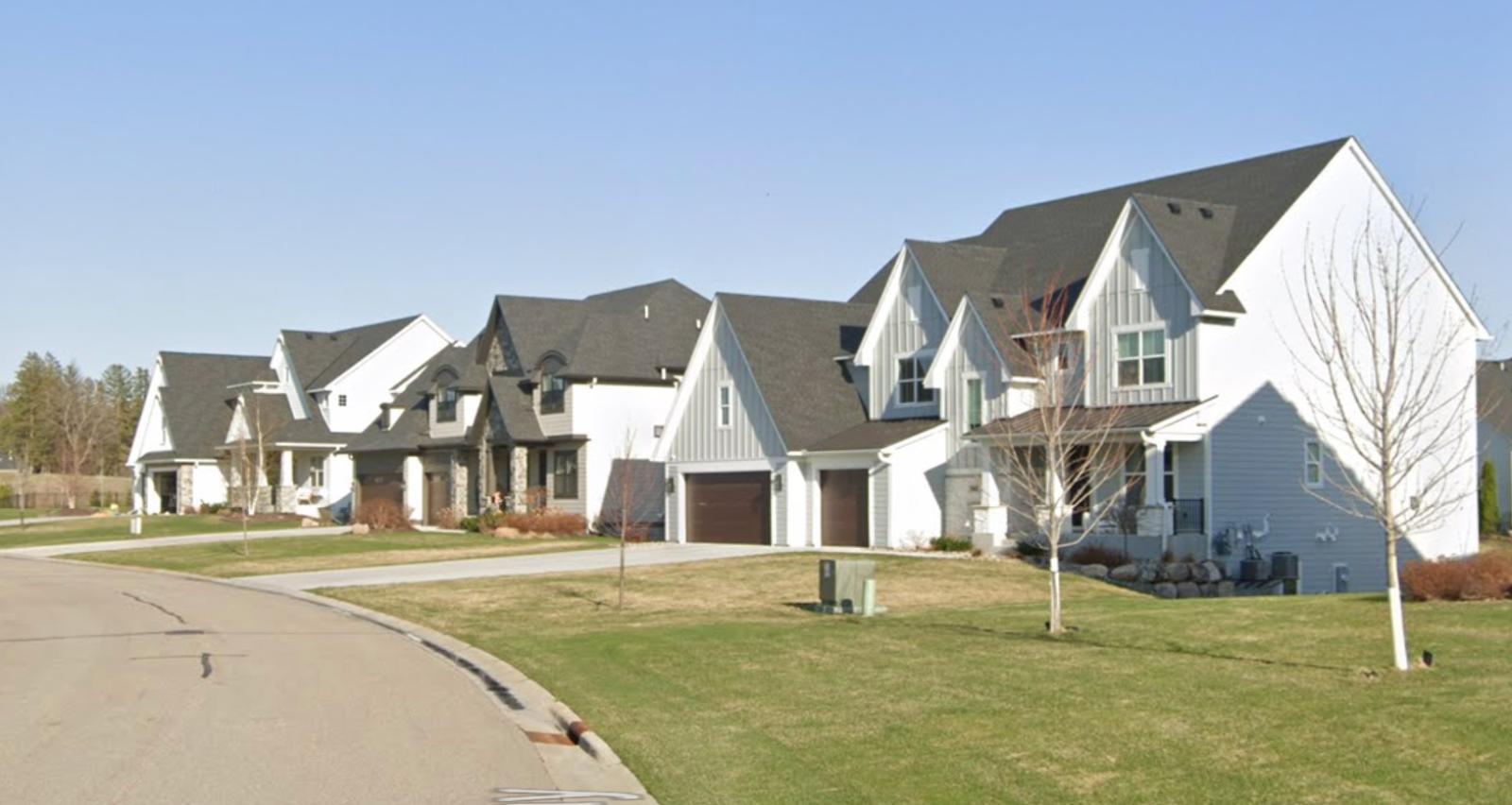
Why Are People Willing to Pay So Much to Live Here? What’s Special About It?
Shorewood attracts affluent families seeking premium Lake Minnetonka living with established neighborhoods and mature amenities. This Hennepin County city offers direct lake access, upscale homes, and a strong community identity while maintaining convenient proximity to Minneapolis employment centers. Residents appreciate the blend of lakeside luxury and suburban convenience.
The community appeals to buyers wanting established Lake Minnetonka addresses with proven property values and social prestige. Shorewood provides access to boating, recreational facilities, and upscale dining while offering excellent schools and safe neighborhoods. The city’s mature development and lakefront location create sustained demand among affluent buyers.
How Shorewood Rose to Prominence
Shorewood developed as one of Lake Minnetonka’s premier residential communities beginning in the early 1900s with summer cottages and estates. The area’s incorporation as a city in 1956 provided local governance as year-round residential development expanded. Post-war prosperity accelerated growth and established Shorewood as a prestigious Lake Minnetonka address.
The community’s development emphasized quality construction and lake access, attracting affluent Minneapolis families seeking suburban alternatives with recreational opportunities. Shorewood’s mature neighborhoods and established amenities created a stable luxury market that attracted successive generations of affluent residents. This continuity helped maintain property values and community character.
3 Interesting Tidbits
1. Lake Access – Shorewood provides multiple public access points to Lake Minnetonka for boating and recreational activities.
2. Mature Community – The city features established neighborhoods with mature landscaping and quality construction from multiple decades.
3. Recreation Focus – Shorewood maintains extensive recreational facilities including parks, trails, and community centers for residents.
13. Medina – 65% Home Price Increase Since 2010

- 2010: $496,673
- 2011: $462,769
- 2012: $450,346
- 2013: $488,292
- 2014: $519,692
- 2015: $525,745
- 2016: $541,009
- 2017: $564,824
- 2018: $587,180
- 2019: $589,728
- 2020: $607,940
- 2021: $697,138
- 2022: $798,467
- 2023: $798,654
- 2024: $793,550
- 2025: $819,215
Medina started from a high base around $497,000, reflecting its established status as an upscale community. Despite a lower percentage increase compared to other towns, the dollar appreciation remains substantial, climbing from $607,940 in 2020 to $798,467 by 2022. Current values around $819,000 demonstrate sustained demand for this premium Hennepin County location.
Why Medina?
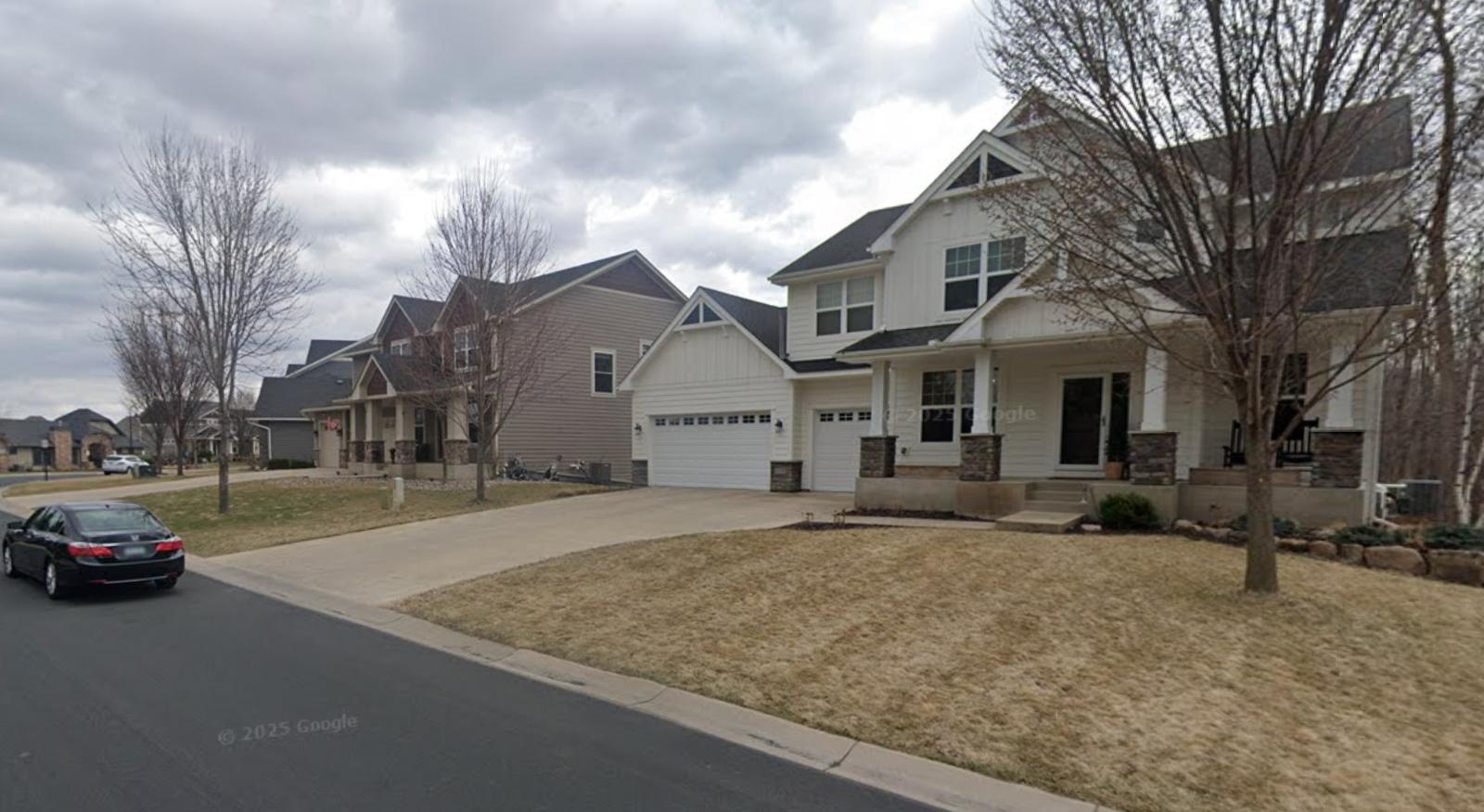
Why Are People Willing to Pay So Much to Live Here? What’s Special About It?
Medina attracts affluent executives and professionals seeking established luxury suburban living with natural beauty and recreational opportunities. This Hennepin County city offers large lots, custom homes, and extensive parkland while maintaining proximity to both Lake Minnetonka and major employment centers. Residents appreciate the blend of rural character and upscale suburban amenities.
The community appeals to buyers wanting proven property values and prestigious addresses in a well-established luxury market. Medina provides access to golf courses, recreational trails, and natural areas while offering excellent schools and quality municipal services. The city’s reputation for quality construction and natural beauty creates sustained demand among affluent buyers.
How Medina Rose to Prominence
Medina evolved from agricultural township to exclusive suburban community through strategic planning beginning in the 1960s. The area’s natural features, including lakes and rolling terrain, made it attractive for upscale residential development as Twin Cities growth expanded westward. The city’s incorporation in 1974 provided local governance during rapid suburban expansion.
Development patterns emphasized preserving natural features while accommodating luxury residential growth. Medina attracted builders specializing in custom homes and larger lot developments that took advantage of the area’s scenic character. This approach established the community as one of the Twin Cities metro’s premier suburban destinations for affluent families.
3 Interesting Tidbits
1. Open Space – Medina has preserved significant natural areas and parks despite substantial residential development.
2. Custom Homes – The community is known for high-quality custom construction on larger lots that emphasize natural settings.
3. Golf Community – Medina features prestigious golf courses that contribute to its upscale recreational amenities.
12. Excelsior – 102% Home Price Increase Since 2010

- 2010: $424,751
- 2011: $393,178
- 2012: $390,425
- 2013: $424,811
- 2014: $467,059
- 2015: $505,357
- 2016: $549,737
- 2017: $561,342
- 2018: $627,455
- 2019: $628,770
- 2020: $642,629
- 2021: $756,529
- 2022: $837,126
- 2023: $824,167
- 2024: $826,075
- 2025: $856,109
Excelsior more than doubled in value since 2010, showing strong appreciation particularly after 2014. The pandemic period brought dramatic growth, jumping from $642,629 in 2020 to $837,126 by 2022. Current values approaching $856,000 reflect this Lake Minnetonka community’s appeal as both a residential destination and recreational hub.
Why Excelsior?
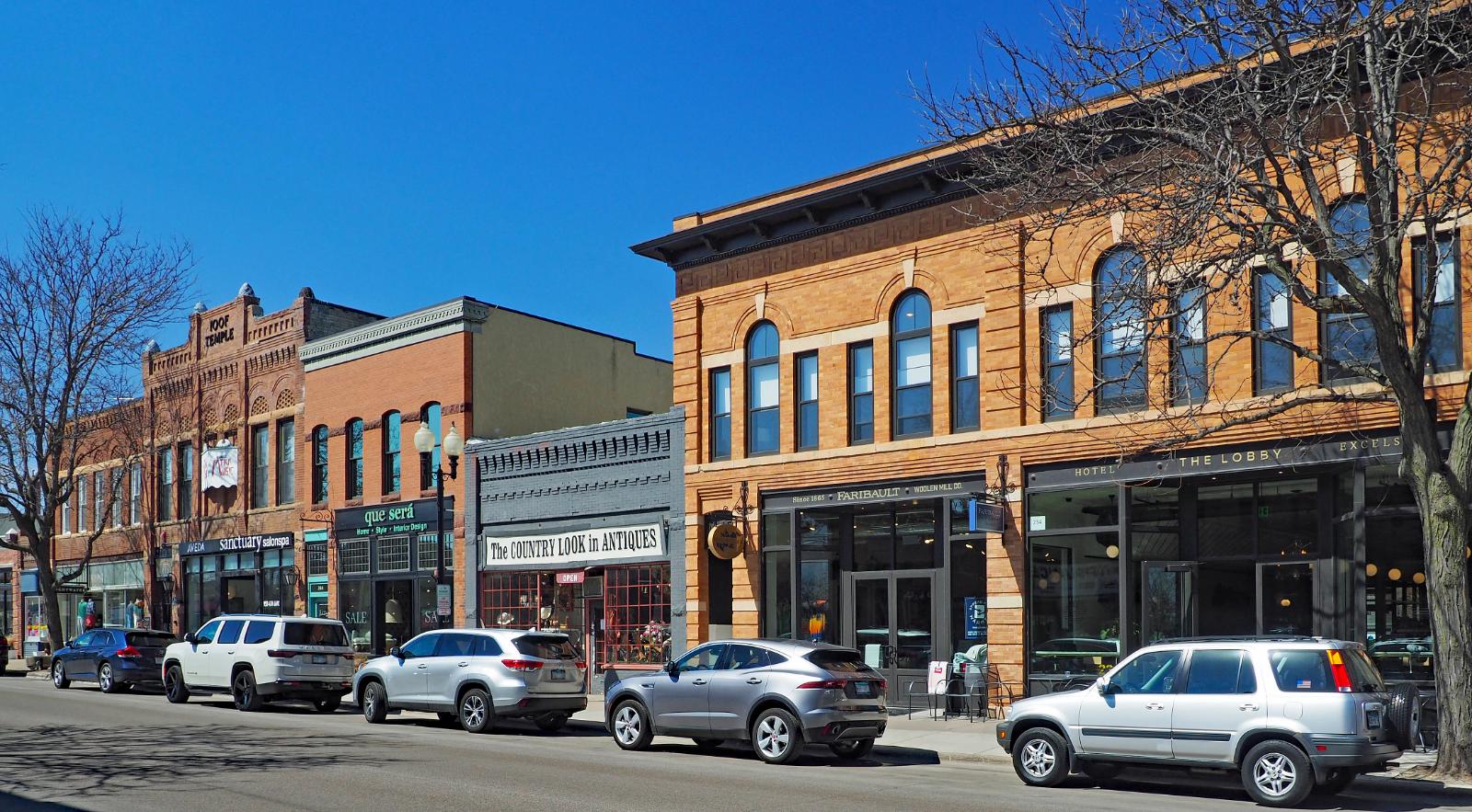
Why Are People Willing to Pay So Much to Live Here? What’s Special About It?
Excelsior attracts affluent buyers seeking the perfect blend of small-town charm and Lake Minnetonka luxury living. This historic Hennepin County city offers a vibrant downtown area with boutique shops, fine dining, and waterfront activities while providing direct lake access and upscale residential neighborhoods. Residents appreciate the walkable downtown and strong community identity.
The community appeals to families and professionals wanting unique character and recreational opportunities in an established Lake Minnetonka setting. Excelsior provides access to boating, festivals, and cultural events while offering quality housing options ranging from historic homes to modern developments. The city’s combination of history, recreation, and convenience creates exceptional appeal.
How Excelsior Rose to Prominence
Excelsior began as a Lake Minnetonka resort destination in the late 1800s, attracting wealthy Minneapolis families for summer recreation. The community developed around steamboat transportation and grand hotels that established its reputation as a premier recreational destination. The transition from seasonal resort to year-round residential community occurred gradually through the mid-20th century.
The city’s historic downtown and lakefront location made it increasingly attractive as Lake Minnetonka development intensified. Excelsior’s incorporation as a city provided local governance while preserving its unique character and recreational focus. This approach created a distinctive community that balances historic preservation with modern residential amenities.
3 Interesting Tidbits
1. Historic Downtown – Excelsior maintains a charming historic downtown with specialty shops, restaurants, and community events.
2. Festival Tradition – The city hosts popular annual festivals and events that celebrate its lakefront location and community spirit.
3. Resort Heritage – Excelsior’s origins as a Lake Minnetonka resort destination continue to influence its recreational character and amenities.
11. Wayzata – 82% Home Price Increase Since 2010

- 2010: $493,829
- 2011: $463,342
- 2012: $458,037
- 2013: $496,742
- 2014: $536,011
- 2015: $540,140
- 2016: $560,963
- 2017: $600,500
- 2018: $635,620
- 2019: $644,892
- 2020: $663,974
- 2021: $772,252
- 2022: $882,943
- 2023: $864,128
- 2024: $877,132
- 2025: $900,668
Wayzata started from a substantial base around $494,000, reflecting its established luxury market status. The community maintained steady growth through market cycles before accelerating during the pandemic, jumping from $663,974 in 2020 to $882,943 by 2022. Current values approaching $901,000 demonstrate this premier Lake Minnetonka community’s sustained appeal.
Why Wayzata?
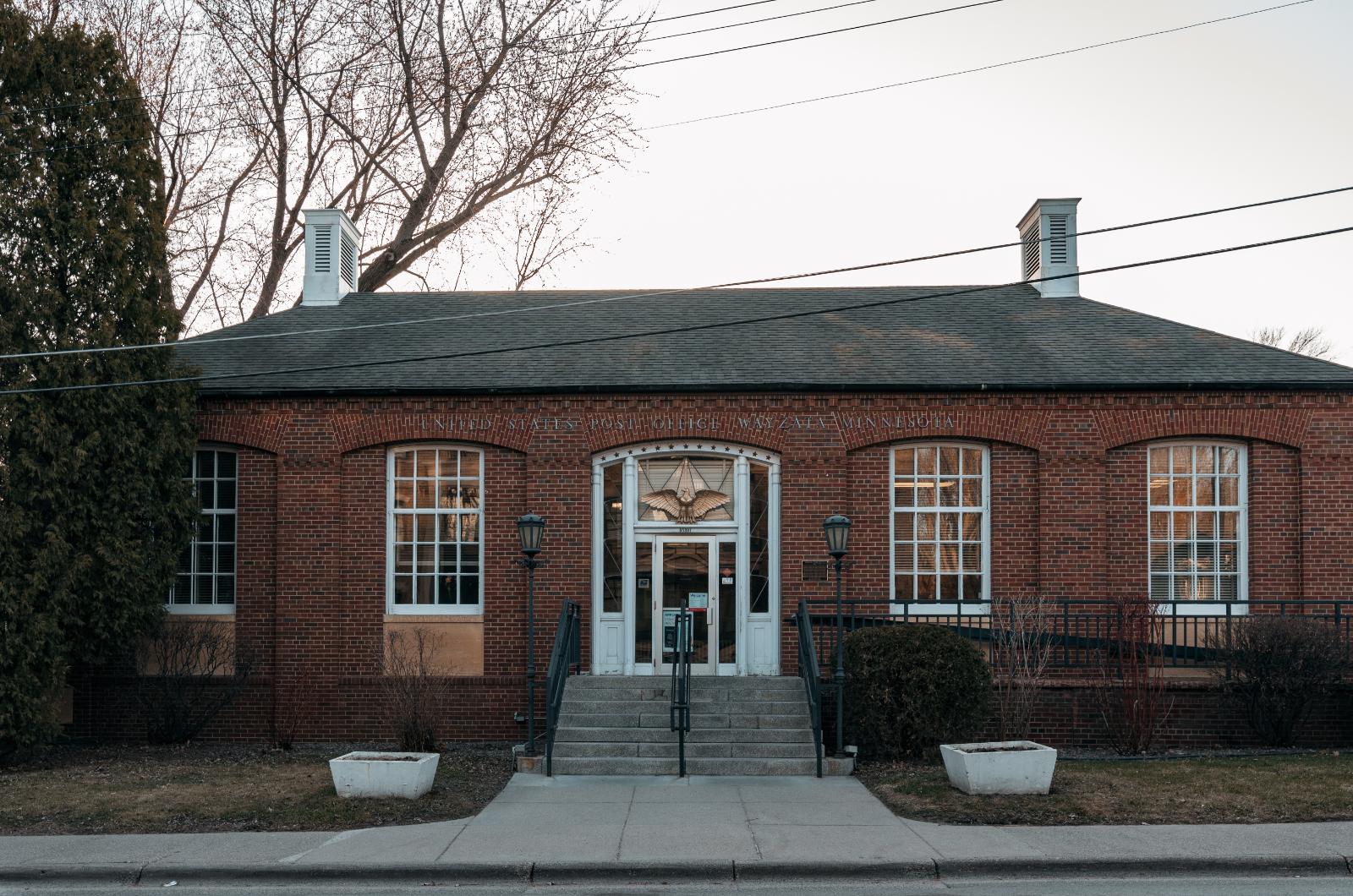
Why Are People Willing to Pay So Much to Live Here? What’s Special About It?
Wayzata attracts affluent buyers seeking one of Minnesota’s most prestigious addresses with unparalleled Lake Minnetonka access and upscale amenities. This Hennepin County city offers a vibrant downtown area, luxury shopping, fine dining, and direct lake access while maintaining excellent schools and safe neighborhoods. Residents appreciate the sophisticated lifestyle and social prestige.
The community appeals to executives, professionals, and wealthy retirees wanting established luxury living with recreational opportunities. Wayzata provides access to yacht clubs, country clubs, and cultural events while offering some of the region’s most expensive and desirable residential properties. The city’s reputation for excellence creates sustained demand and stable property appreciation.
How Wayzata Rose to Prominence
Wayzata developed as Lake Minnetonka’s premier residential and commercial center beginning in the late 1800s. The community’s location at the lake’s eastern end made it a natural transportation hub for steamboat service to Minneapolis. Early development emphasized quality construction and comprehensive planning that established Wayzata’s reputation for excellence.
The city’s evolution into a luxury residential market accelerated through the mid-20th century as affluent Minneapolis families established permanent residences. Wayzata’s incorporation provided local governance while maintaining its distinctive character and lakefront focus. This approach created one of Minnesota’s most exclusive and recognizable luxury communities.
3 Interesting Tidbits
1. Commercial Hub – Wayzata serves as Lake Minnetonka’s primary commercial and cultural center with upscale shopping and dining.
2. Transportation History – The city was historically the main transportation link between Lake Minnetonka and Minneapolis via steamboat and rail.
3. Luxury Market – Wayzata consistently ranks among Minnesota’s most expensive residential markets with premium lakefront properties.
10. Dellwood – 73% Home Price Increase Since 2010

- 2010: $537,366
- 2011: $493,665
- 2012: $496,517
- 2013: $528,323
- 2014: $559,062
- 2015: $565,630
- 2016: $562,884
- 2017: $592,727
- 2018: $627,599
- 2019: $631,565
- 2020: $650,811
- 2021: $776,706
- 2022: $914,627
- 2023: $895,283
- 2024: $902,735
- 2025: $927,519
Dellwood started from an elevated base around $537,000, reflecting its established luxury status. The community maintained steady appreciation through most periods before dramatic pandemic acceleration, jumping from $650,811 in 2020 to $914,627 by 2022. Current values approaching $928,000 demonstrate this exclusive Washington County enclave’s premium market position.
Why Dellwood?
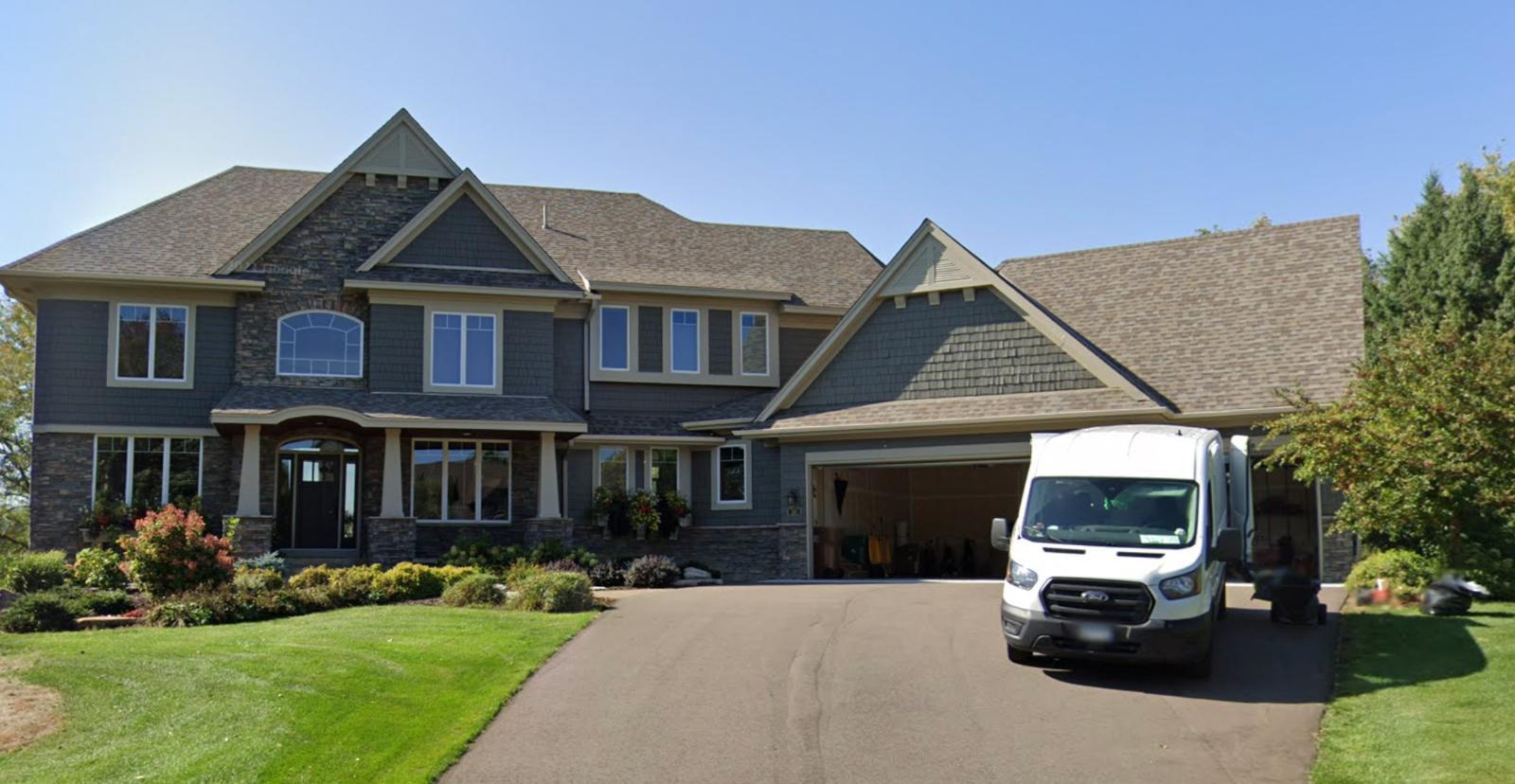
Why Are People Willing to Pay So Much to Live Here? What’s Special About It?
Dellwood attracts affluent buyers seeking exclusive luxury living with pristine natural beauty and privacy in Washington County. This small community offers large wooded lots, custom homes, and White Bear Lake access while maintaining proximity to Twin Cities employment centers. Residents appreciate the blend of natural settings, recreational opportunities, and upscale suburban conveniences.
The city appeals to executives and professionals wanting proven luxury addresses with recreational opportunities and strong property values. Dellwood provides access to White Bear Lake, recreational trails, and country club amenities while offering quality schools and municipal services. The community’s exclusivity and natural beauty create sustained demand among wealthy buyers.
How Dellwood Rose to Prominence
Dellwood developed as an exclusive residential enclave beginning in the early 1900s with summer estates and recreational properties around White Bear Lake. The community’s incorporation as a city in 1957 provided local governance while preserving its exclusive character and natural features. Post-war prosperity expanded the market for year-round luxury residences.
The city’s development strategy emphasized large lots, quality construction, and natural resource preservation. Dellwood attracted affluent families seeking alternatives to more densely developed suburban areas while maintaining recreational opportunities. This approach created one of the Twin Cities metro’s most exclusive residential markets outside the Lake Minnetonka area.
3 Interesting Tidbits
1. White Bear Lake – Dellwood provides residents with access to White Bear Lake for boating, swimming, and recreational activities.
2. Exclusive Enclave – The city maintains low density and large lot requirements that preserve its exclusive residential character.
3. Natural Beauty – Dellwood features mature trees, rolling terrain, and natural areas that create a park-like residential setting.
9. North Oaks – 60% Home Price Increase Since 2010

- 2010: $589,817
- 2011: $537,850
- 2012: $531,640
- 2013: $557,702
- 2014: $590,082
- 2015: $591,904
- 2016: $606,173
- 2017: $627,579
- 2018: $646,881
- 2019: $650,888
- 2020: $673,367
- 2021: $771,414
- 2022: $881,993
- 2023: $891,916
- 2024: $914,266
- 2025: $941,404
North Oaks started from a high base around $590,000, reflecting its exclusive gated community status. Despite a lower percentage increase, the dollar appreciation remains substantial, climbing from $673,367 in 2020 to $881,993 by 2022. Current values approaching $941,000 demonstrate this Ramsey County community’s position as one of Minnesota’s most exclusive residential enclaves.
Why North Oaks?
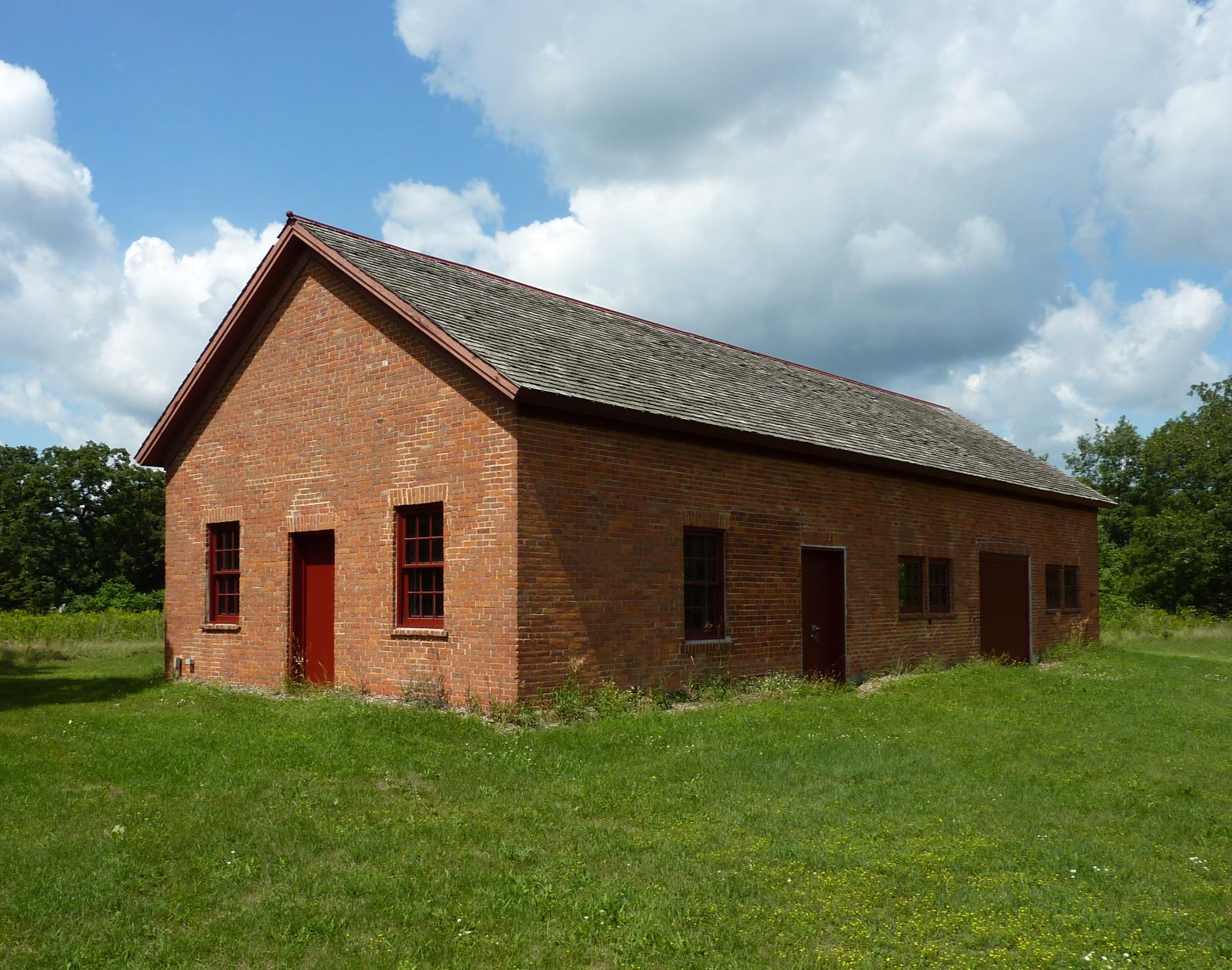
Why Are People Willing to Pay So Much to Live Here? What’s Special About It?
North Oaks attracts Minnesota’s wealthiest residents seeking ultimate privacy and exclusivity in a gated community setting north of St. Paul. This Ramsey County enclave offers expansive estates, private lakes, championship golf, and country club amenities while maintaining strict architectural and landscaping standards. Residents appreciate the unparalleled privacy and recreational opportunities.
The community appeals to corporate executives, successful entrepreneurs, and wealthy professionals wanting the most exclusive residential address in Minnesota. North Oaks provides access to multiple golf courses, private lakes, equestrian facilities, and extensive trail systems while offering complete security and privacy. The community’s exclusivity and amenities justify premium pricing comparable to elite enclaves nationwide.
How North Oaks Rose to Prominence
North Oaks originated as the private estate of railroad baron James J. Hill in the late 1800s, encompassing thousands of acres north of St. Paul. The property remained in the Hill family until development as an exclusive residential community began in the 1950s. The community’s incorporation as a city in 1957 provided local governance while maintaining its exclusive character.
Development patterns emphasized preserving the estate’s natural features while creating one of America’s most exclusive residential communities. North Oaks attracted Minnesota’s wealthiest families seeking privacy, recreational opportunities, and prestige addresses. This approach created a unique community that combines natural beauty with luxury amenities and complete exclusivity.
3 Interesting Tidbits
1. Historic Estate – North Oaks was originally the private estate of railroad magnate James J. Hill, preserving much of its historic grandeur.
2. Gated Community – The city operates as one of Minnesota’s few gated communities with controlled access and 24-hour security.
3. Golf Paradise – North Oaks features multiple championship golf courses designed by renowned architects for exclusive member use.
8. Deephaven – 100% Home Price Increase Since 2010

- 2010: $521,018
- 2011: $479,891
- 2012: $481,469
- 2013: $525,781
- 2014: $575,732
- 2015: $599,789
- 2016: $623,463
- 2017: $649,173
- 2018: $672,289
- 2019: $681,098
- 2020: $689,470
- 2021: $826,954
- 2022: $957,235
- 2023: $984,681
- 2024: $1,015,429
- 2025: $1,040,158
Deephaven exactly doubled in value since 2010, demonstrating remarkable consistency in luxury market performance. The community maintained steady growth through most periods before dramatic pandemic acceleration, jumping from $689,470 in 2020 to $957,235 by 2022. Current values exceeding $1 million reflect this Lake Minnetonka community’s position among Minnesota’s most exclusive addresses.
Why Deephaven?

Why Are People Willing to Pay So Much to Live Here? What’s Special About It?
Deephaven attracts ultra-affluent buyers seeking premier Lake Minnetonka living with natural beauty and recreational luxury. This Hennepin County city offers expansive lakefront properties, mature neighborhoods, and exclusive amenities while maintaining a small-town atmosphere and strong community identity. Residents appreciate the combination of natural settings and sophisticated lifestyle.
The community appeals to successful executives, entrepreneurs, and wealthy families wanting established luxury addresses with proven property values. Deephaven provides access to multiple Lake Minnetonka bays, country clubs, and recreational facilities while offering excellent schools and municipal services. The city’s reputation for exclusivity and natural beauty creates sustained demand among Minnesota’s wealthiest residents.
How Deephaven Rose to Prominence
Deephaven developed as one of Lake Minnetonka’s premier residential communities beginning in the early 1900s with summer estates and recreational properties. The area’s multiple lake bays and wooded shorelines made it attractive for luxury development. The community’s incorporation as a city in 1959 provided local governance while preserving its exclusive character.
Development patterns emphasized quality construction and natural resource preservation while accommodating luxury residential growth. Deephaven attracted wealthy Minneapolis families seeking permanent Lake Minnetonka residences with privacy and recreational opportunities. This approach established the community as one of Minnesota’s most prestigious and expensive residential markets.
3 Interesting Tidbits
1. Multiple Bays – Deephaven borders several Lake Minnetonka bays, providing diverse waterfront opportunities and scenic views.
2. Natural Beauty – The city has preserved significant woodlands and natural areas despite luxury residential development.
3. Million Dollar Market – Deephaven represents one of the few Minnesota communities where million-dollar homes are commonplace rather than exceptional.
7. Tonka Bay – 92% Home Price Increase Since 2010

- 2010: $561,255
- 2011: $515,169
- 2012: $505,357
- 2013: $539,569
- 2014: $586,027
- 2015: $591,227
- 2016: $620,416
- 2017: $649,526
- 2018: $697,271
- 2019: $704,577
- 2020: $738,277
- 2021: $885,228
- 2022: $1,025,989
- 2023: $1,025,984
- 2024: $1,036,732
- 2025: $1,078,029
Tonka Bay nearly doubled in value since 2010, starting from an already substantial base around $561,000. The pandemic period brought exceptional acceleration, jumping from $738,277 in 2020 to over $1 million by 2022. Current values approaching $1.08 million demonstrate this Lake Minnetonka community’s position in Minnesota’s ultra-luxury residential market.
Why Tonka Bay?
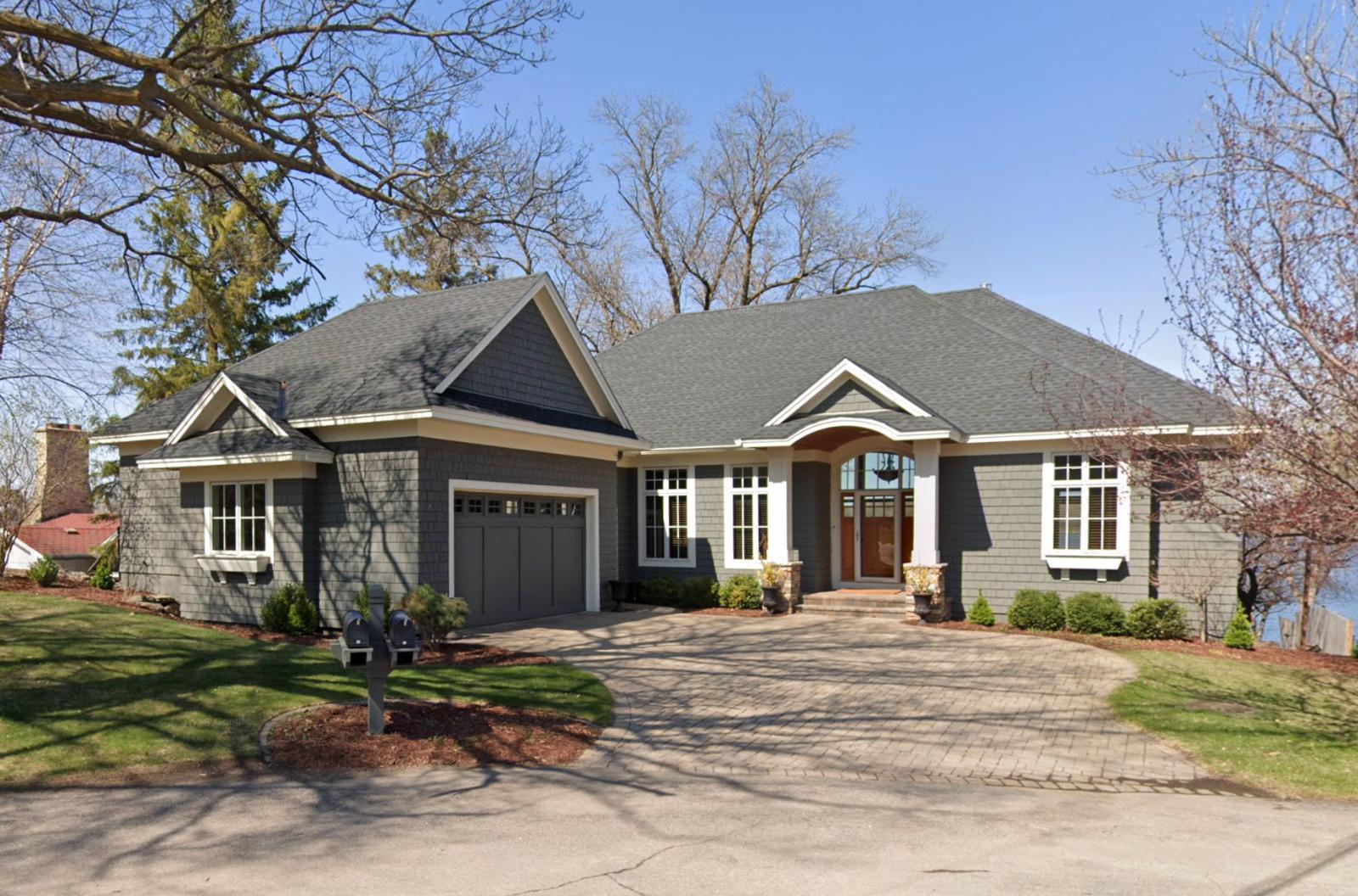
Why Are People Willing to Pay So Much to Live Here? What’s Special About It?
Tonka Bay attracts ultra-wealthy buyers seeking intimate luxury living on Lake Minnetonka with exclusive access and natural beauty. This small Hennepin County city offers premium lakefront properties, mature neighborhoods, and a tight-knit community atmosphere while maintaining proximity to Minneapolis employment and cultural opportunities. Residents appreciate the blend of privacy and recreational luxury.
The community appeals to successful professionals and executives wanting proven luxury addresses with exceptional lakefront access. Tonka Bay provides direct access to Lake Minnetonka’s clear waters, recreational facilities, and boating opportunities while offering some of the region’s most expensive and desirable residential properties. The city’s exclusivity and natural beauty create exceptional demand.
How Tonka Bay Rose to Prominence
Tonka Bay developed as an exclusive Lake Minnetonka residential community beginning in the early 1900s with luxury summer estates and recreational properties. The area’s protected bay location and scenic beauty made it particularly attractive for premium development. The community’s incorporation as a city in 1953 provided local governance while maintaining its exclusive residential character.
Development patterns emphasized preserving natural features while accommodating ultra-luxury residential growth. Tonka Bay attracted Minnesota’s wealthiest families seeking prime Lake Minnetonka locations with privacy and recreational opportunities. This approach created one of the state’s smallest but most exclusive residential markets with property values comparable to elite coastal destinations.
3 Interesting Tidbits
1. Protected Bay – Tonka Bay’s sheltered location provides calm waters and excellent conditions for boating and water recreation.
2. Small Scale – The city is one of Minnesota’s smallest by area, creating an intimate community atmosphere among wealthy residents.
3. Ultra-Luxury – Tonka Bay consistently features some of Lake Minnetonka’s most expensive residential properties and exclusive addresses.
6. Orono – 88% Home Price Increase Since 2010

- 2010: $592,219
- 2011: $550,933
- 2012: $540,909
- 2013: $563,907
- 2014: $612,143
- 2015: $615,322
- 2016: $644,795
- 2017: $680,451
- 2018: $719,087
- 2019: $730,354
- 2020: $744,510
- 2021: $884,199
- 2022: $1,041,023
- 2023: $1,042,683
- 2024: $1,070,795
- 2025: $1,111,218
Orono started from a high base around $592,000 and maintained steady appreciation before pandemic acceleration pushed values above $1 million. The community jumped from $744,510 in 2020 to $1,041,023 by 2022, with continued growth reaching $1.11 million in 2025. This performance reflects Orono’s established position as one of Lake Minnetonka’s premier residential communities.
Why Orono?

Why Are People Willing to Pay So Much to Live Here? What’s Special About It?
Orono attracts Minnesota’s wealthiest residents seeking established luxury living with extensive Lake Minnetonka frontage and recreational opportunities. This Hennepin County city offers expansive estates, mature neighborhoods, and championship amenities while maintaining excellent schools and municipal services. Residents appreciate the combination of natural beauty, recreational luxury, and proven property values.
The community appeals to corporate executives, successful entrepreneurs, and affluent families wanting prestigious addresses with comprehensive recreational amenities. Orono provides access to multiple Lake Minnetonka bays, country clubs, golf courses, and marinas while offering some of Minnesota’s most expensive and desirable residential properties. The city’s reputation creates sustained demand among ultra-wealthy buyers.
How Orono Rose to Prominence
Orono evolved from agricultural township to exclusive lakefront community beginning in the early 1900s as wealthy Minneapolis families established summer estates along Lake Minnetonka. The area’s extensive shoreline and natural beauty made it ideal for luxury residential development. The city’s incorporation in 1956 provided local governance during post-war suburban expansion.
Development patterns emphasized preserving lakefront access while accommodating luxury residential growth throughout the community. Orono attracted builders specializing in custom estates and premium construction that took advantage of the area’s recreational opportunities. This approach established Orono as one of Minnesota’s most prestigious and expensive residential markets.
3 Interesting Tidbits
1. Extensive Shoreline – Orono features more Lake Minnetonka shoreline than most other lakeside communities, providing diverse waterfront opportunities.
2. Country Club Amenities – The city includes prestigious country clubs and recreational facilities that enhance its luxury appeal.
3. Estate Properties – Orono is known for large estate properties with extensive grounds and premium Lake Minnetonka frontage.
5. Medicine Lake – 6% Home Price Increase Since 2024

- 2010: N/A
- 2011: N/A
- 2012: N/A
- 2013: N/A
- 2014: N/A
- 2015: N/A
- 2016: N/A
- 2017: N/A
- 2018: N/A
- 2019: N/A
- 2020: N/A
- 2021: N/A
- 2022: N/A
- 2023: N/A
- 2024: $1,084,562
- 2025: $1,147,107
Medicine Lake shows limited historical data with values first appearing in 2024 at $1,084,562. The 6% increase to $1,147,107 in 2025 represents solid appreciation for this ultra-luxury market. The absence of earlier data suggests either new development or recent incorporation into regional housing databases.
Why Medicine Lake?
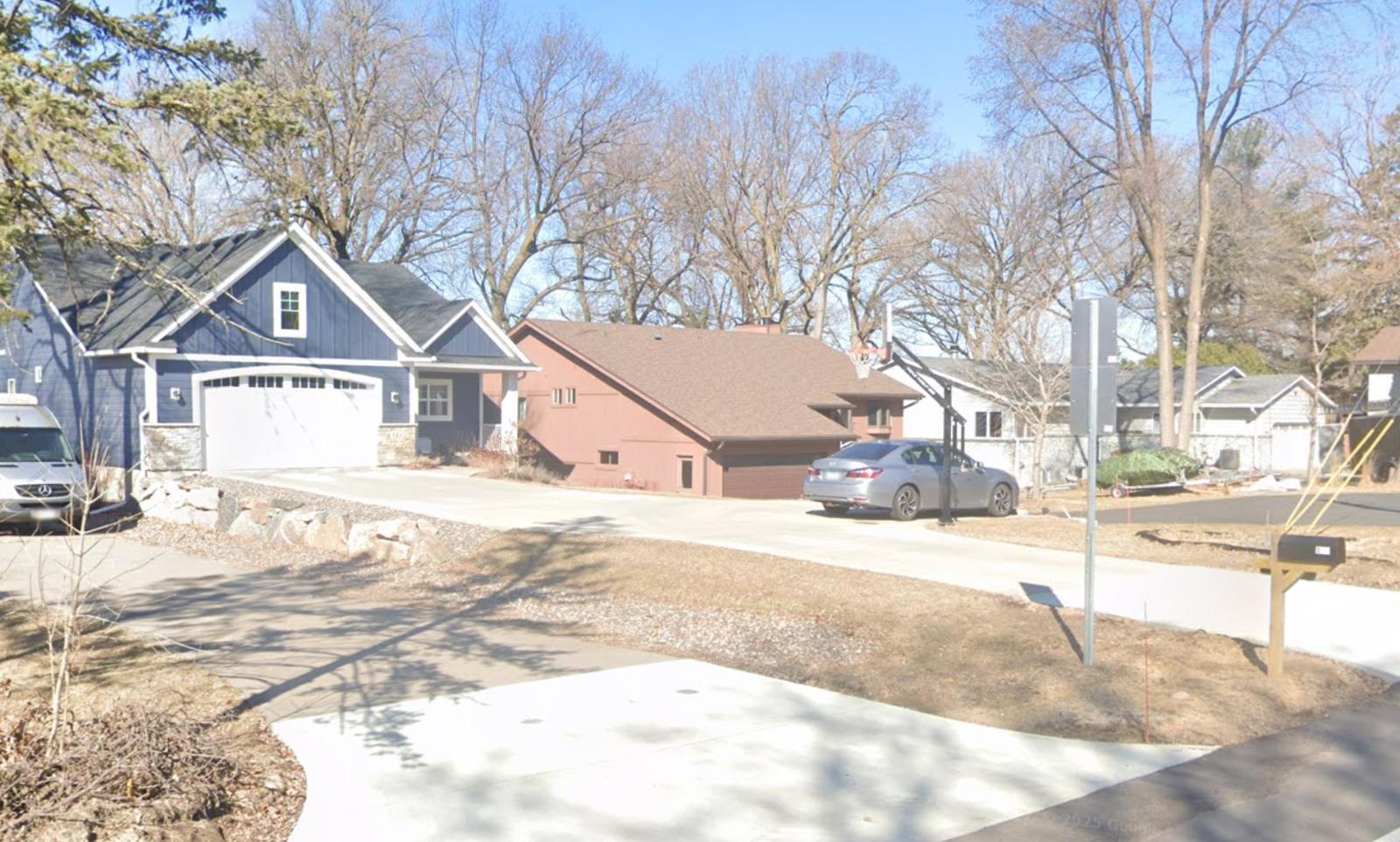
Why Are People Willing to Pay So Much to Live Here? What’s Special About It?
Medicine Lake attracts ultra-affluent buyers seeking exclusive residential addresses with pristine lakefront access and natural beauty in Hennepin County. This small community offers luxury homes with direct lake access, extensive recreational opportunities, and privacy while maintaining proximity to Twin Cities employment and cultural amenities. Residents appreciate the intimate community atmosphere and exceptional property values.
The area appeals to successful executives and wealthy families wanting proven luxury investments with recreational opportunities. Medicine Lake provides access to clear waters, boating facilities, and natural areas while offering some of the region’s most exclusive residential properties. The community’s small size and lakefront location create exceptional appeal among Minnesota’s wealthiest residents.
How Medicine Lake Rose to Prominence
Medicine Lake developed as an exclusive residential enclave around its pristine natural lake in western Hennepin County. The area’s clear waters and scenic beauty made it attractive for luxury development as Twin Cities growth expanded westward. The community’s small size and natural features created an intimate setting for ultra-luxury residential development.
Development patterns emphasized preserving the lake’s natural character while accommodating premium residential growth. Medicine Lake attracted wealthy families seeking alternatives to more developed Lake Minnetonka areas while maintaining recreational opportunities and luxury amenities. This approach created one of Minnesota’s most exclusive and expensive residential markets.
3 Interesting Tidbits
1. Pristine Waters – Medicine Lake is known for exceptional water quality and clarity, making it ideal for recreational activities.
2. Exclusive Enclave – The community’s small size creates an intimate atmosphere among ultra-wealthy residents.
3. Natural Preservation – Development has emphasized maintaining the lake’s natural beauty and environmental quality.
4. Sunfish Lake – 59% Home Price Increase Since 2010

- 2010: $758,687
- 2011: $661,435
- 2012: $651,970
- 2013: $685,898
- 2014: $717,461
- 2015: $739,365
- 2016: $800,780
- 2017: $833,807
- 2018: $889,284
- 2019: $927,608
- 2020: $962,473
- 2021: $1,129,694
- 2022: $1,246,425
- 2023: $1,211,537
- 2024: $1,204,254
- 2025: $1,204,653
Sunfish Lake started from a very high base around $759,000, reflecting its established ultra-luxury status. Despite a modest percentage increase, the dollar appreciation exceeds $445,000, climbing from $962,473 in 2020 to $1,246,425 by 2022. Current values around $1.2 million demonstrate this Dakota County enclave’s position as one of Minnesota’s most exclusive residential communities.
Why Sunfish Lake?
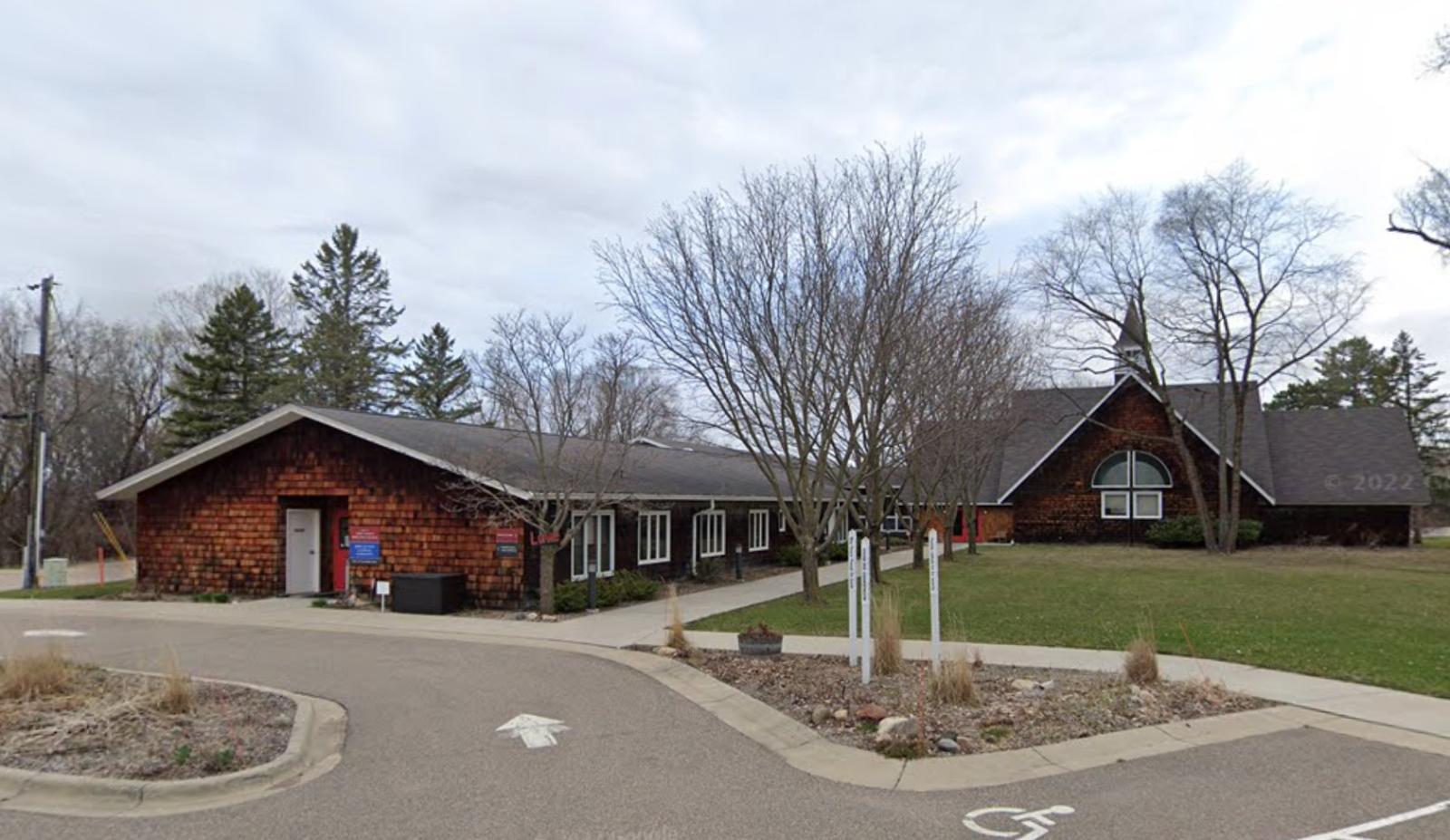
Why Are People Willing to Pay So Much to Live Here? What’s Special About It?
Sunfish Lake attracts Minnesota’s ultra-wealthy seeking ultimate privacy and exclusivity in a small, wooded enclave south of St. Paul. This Dakota County community offers expansive estates on heavily forested lots with natural beauty and complete privacy while maintaining reasonable access to Twin Cities employment and cultural opportunities. Residents appreciate the unparalleled seclusion and natural settings.
The city appeals to corporate executives, successful entrepreneurs, and wealthy families wanting the most exclusive residential addresses available in Minnesota. Sunfish Lake provides large wooded lots, custom estate homes, and complete privacy while offering quality municipal services and proximity to recreational opportunities. The community’s exclusivity and natural beauty justify premium pricing comparable to elite enclaves nationwide.
How Sunfish Lake Rose to Prominence
Sunfish Lake incorporated in 1958 as one of Minnesota’s most exclusive residential communities, seeking to preserve its natural character and prevent incompatible development. The area’s heavily wooded terrain and pristine lake made it attractive for ultra-luxury residential development. Early development emphasized large lots and environmental preservation.
The community’s development strategy focused on maintaining its natural character while accommodating the highest quality residential construction. Sunfish Lake attracted Minnesota’s wealthiest families seeking privacy, natural beauty, and exclusivity unmatched by conventional suburban development. This approach created one of the state’s most expensive and exclusive residential markets.
3 Interesting Tidbits
1. Wooded Estates – Sunfish Lake features heavily forested lots that provide complete privacy and natural beauty for estate properties.
2. Ultra-Exclusive – The community maintains extremely low density with large lots and strict development standards that preserve its exclusive character.
3. Natural Preservation – Sunfish Lake has preserved its natural lake and extensive woodlands despite luxury residential development.
3. Greenwood – 87% Home Price Increase Since 2010

- 2010: $833,037
- 2011: $770,671
- 2012: $734,629
- 2013: $792,757
- 2014: $863,422
- 2015: $882,655
- 2016: $926,063
- 2017: $955,602
- 2018: $1,037,089
- 2019: $1,045,463
- 2020: $1,058,478
- 2021: $1,273,114
- 2022: $1,496,895
- 2023: $1,502,314
- 2024: $1,509,763
- 2025: $1,558,748
Greenwood started from an exceptional base around $833,000, reflecting its status as one of Minnesota’s most expensive communities. The pandemic period brought dramatic acceleration, jumping from $1,058,478 in 2020 to $1,496,895 by 2022. Current values approaching $1.56 million demonstrate this Hennepin County enclave’s position at the apex of Minnesota’s luxury residential market.
Why Greenwood?
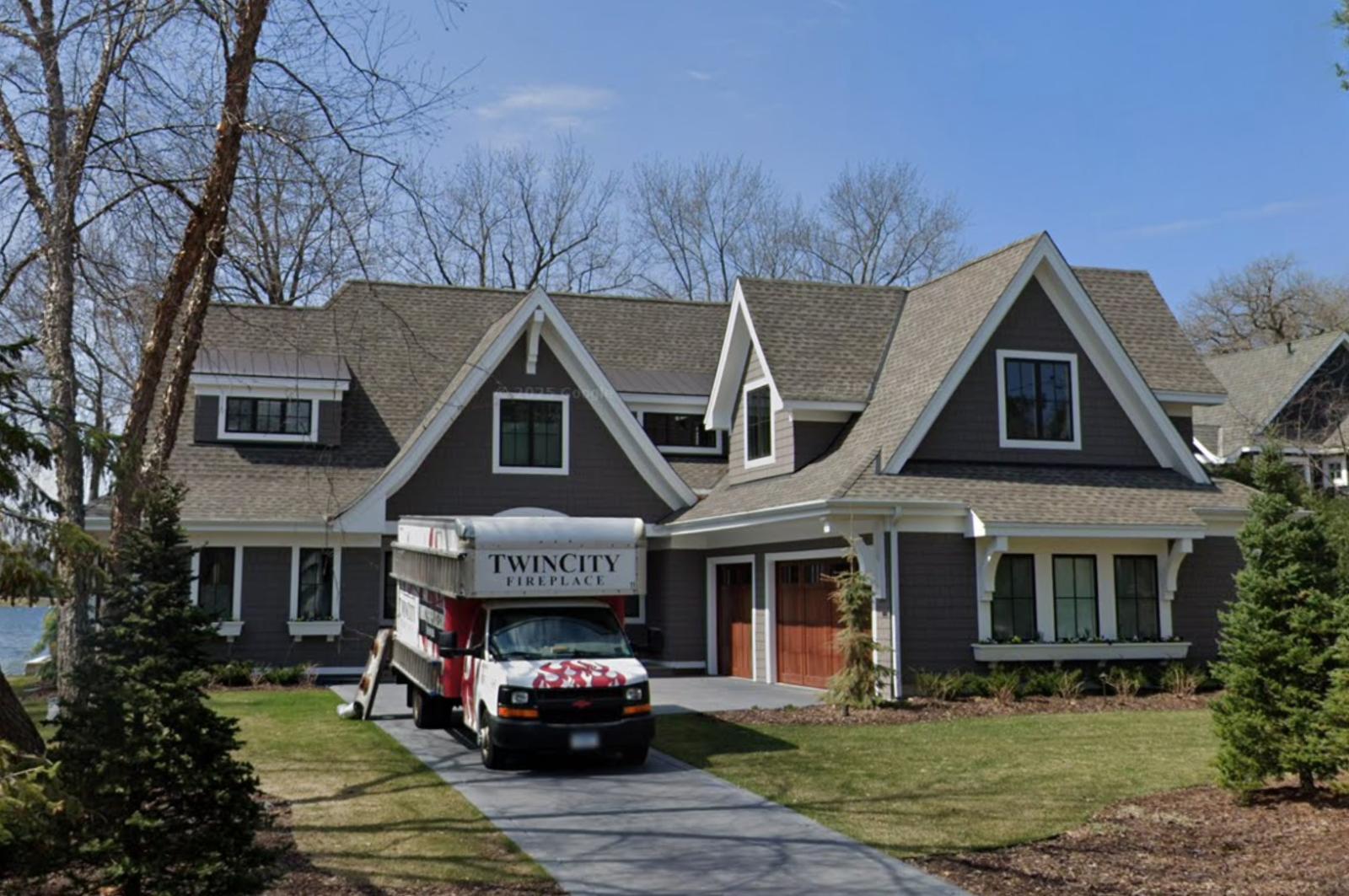
Why Are People Willing to Pay So Much to Live Here? What’s Special About It?
Greenwood attracts Minnesota’s ultra-wealthy seeking the most exclusive residential addresses with natural beauty and complete privacy. This small Hennepin County city offers expansive wooded estates, custom architecture, and unmatched exclusivity while maintaining proximity to Lake Minnetonka and Twin Cities amenities. Residents appreciate the combination of natural preservation and luxury living.
The community appeals to corporate leaders, successful entrepreneurs, and ultra-affluent families wanting proven luxury investments with exceptional privacy. Greenwood provides large wooded lots, architectural freedom, and natural beauty while offering some of Minnesota’s most expensive and exclusive residential properties. The city’s reputation for ultimate luxury creates sustained demand among the state’s wealthiest residents.
How Greenwood Rose to Prominence
Greenwood incorporated in 1958 as an exclusive residential community seeking to preserve its natural character while accommodating ultra-luxury development. The area’s mature forests and rolling terrain made it ideal for estate properties and custom architecture. The community’s small size and strict development standards created exceptional exclusivity.
Development patterns emphasized environmental preservation while accommodating the highest quality residential construction available. Greenwood attracted Minnesota’s most affluent families seeking alternatives to conventional luxury communities with complete privacy and natural beauty. This approach established Greenwood as the state’s most exclusive and expensive residential market.
3 Interesting Tidbits
1. Mature Forest – Greenwood features extensive mature woodlands that create a natural sanctuary for ultra-luxury estate properties.
2. Architectural Freedom – The community allows diverse architectural styles and custom designs that take advantage of natural settings.
3. Ultimate Exclusivity – Greenwood represents the pinnacle of Minnesota luxury residential living with properties comparable to elite national markets.
2. Woodland – 75% Home Price Increase Since 2010

- 2010: $967,310
- 2011: $909,288
- 2012: $893,153
- 2013: $945,823
- 2014: $1,016,704
- 2015: $1,008,513
- 2016: $1,047,447
- 2017: $1,074,179
- 2018: $1,094,143
- 2019: $1,104,028
- 2020: $1,119,115
- 2021: $1,376,637
- 2022: $1,613,942
- 2023: $1,602,010
- 2024: $1,596,573
- 2025: $1,688,984
Woodland started from an extremely high base around $967,000, already exceeding most communities’ current values. Despite a modest percentage increase, the dollar appreciation approaches $722,000, with pandemic acceleration pushing values from $1,119,115 in 2020 to $1,613,942 by 2022. Current values approaching $1.69 million reflect this Lake Minnetonka community’s ultra-exclusive status.
Why Woodland?
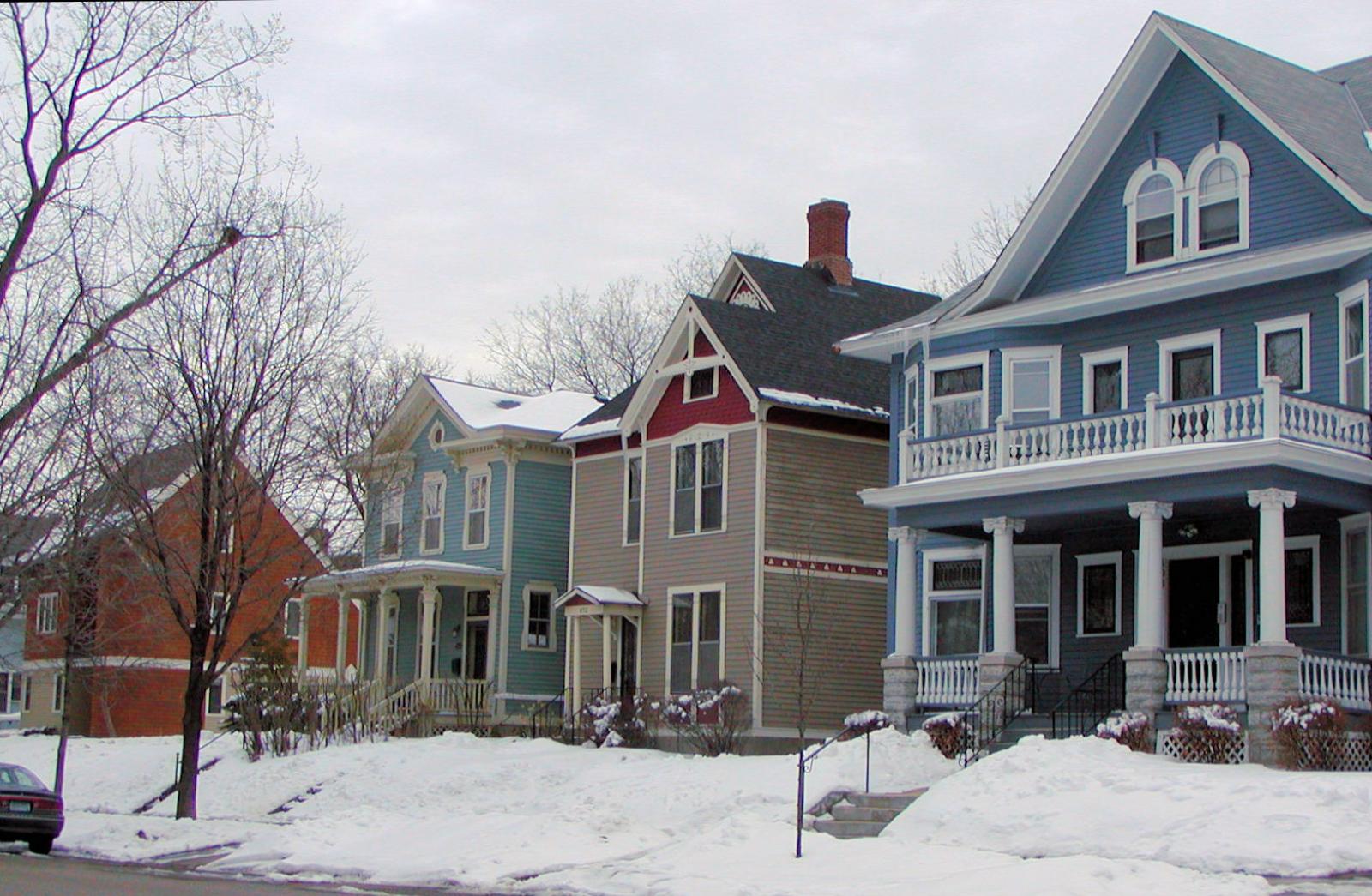
Why Are People Willing to Pay So Much to Live Here? What’s Special About It?
Woodland attracts Minnesota’s ultra-elite seeking the most exclusive Lake Minnetonka addresses with unparalleled privacy and luxury. This tiny Hennepin County city offers expansive peninsula estates with extensive lake frontage, mature forests, and complete seclusion while providing direct access to Lake Minnetonka’s recreational opportunities. Residents appreciate the combination of natural beauty and absolute exclusivity.
The community appeals to ultra-wealthy individuals and families wanting the most prestigious residential addresses available in Minnesota. Woodland provides estate-sized properties with private lake access, custom architecture, and natural beauty while offering proximity to recreational and cultural amenities. The city’s extreme exclusivity and natural setting create exceptional demand among the state’s wealthiest residents.
How Woodland Rose to Prominence
Woodland developed on a wooded peninsula extending into Lake Minnetonka, creating one of the most exclusive residential settings in Minnesota. The area’s unique geography and natural beauty made it ideal for ultra-luxury estate development beginning in the early 1900s. The community’s incorporation provided local governance while maintaining its exclusive character.
Development patterns emphasized preserving the peninsula’s natural features while accommodating the most expensive residential properties in the state. Woodland attracted Minnesota’s wealthiest families seeking the ultimate combination of lake access, privacy, and natural beauty. This approach created one of America’s most exclusive residential communities with fewer than 500 residents.
3 Interesting Tidbits
1. Peninsula Setting – Woodland occupies a unique wooded peninsula that extends into Lake Minnetonka, providing exceptional privacy and lake access.
2. Ultra-Small – The city has fewer than 500 residents, creating the most intimate and exclusive community atmosphere in Minnesota.
3. Estate Properties – Woodland features some of Minnesota’s most expensive residential properties with extensive grounds and premium lake frontage.
1. Minnetonka Beach – 132% Home Price Increase Since 2010

- 2010: $904,577
- 2011: $858,182
- 2012: $825,373
- 2013: $867,183
- 2014: $929,953
- 2015: $1,024,551
- 2016: $1,100,046
- 2017: $1,166,044
- 2018: $1,277,875
- 2019: $1,305,230
- 2020: $1,320,073
- 2021: $1,652,573
- 2022: $1,965,785
- 2023: $1,976,308
- 2024: $2,012,921
- 2025: $2,095,334
Minnetonka Beach claims the top position with extraordinary growth, more than doubling from an already exceptional base around $905,000. The community maintained steady appreciation before dramatic pandemic acceleration, jumping from $1,320,073 in 2020 to $1,965,785 by 2022. Current values exceeding $2.09 million establish this Lake Minnetonka enclave as Minnesota’s most expensive residential market.
Why Minnetonka Beach?

Why Are People Willing to Pay So Much to Live Here? What’s Special About It?
Minnetonka Beach attracts Minnesota’s ultra-wealthy seeking the absolute pinnacle of luxury residential living with unmatched Lake Minnetonka access and prestige. This exclusive Hennepin County community offers the state’s most expensive homes with premium lake frontage, architectural significance, and complete luxury amenities while maintaining proximity to Minneapolis employment and cultural opportunities. Residents appreciate the ultimate combination of natural beauty and luxury living.
The community appeals to ultra-high-net-worth individuals and families wanting the most prestigious residential addresses available in the upper Midwest. Minnetonka Beach provides estate-sized lakefront properties with private beaches, custom architecture, and recreational luxury while offering some of North America’s most expensive residential properties outside major coastal markets. The community’s exclusivity and natural beauty create exceptional demand among the region’s wealthiest residents.
How Minnetonka Beach Rose to Prominence
Minnetonka Beach developed as Lake Minnetonka’s most exclusive residential enclave beginning in the early 1900s with grand estates and luxury summer properties. The area’s premium shoreline location and natural beauty made it the preferred destination for Minnesota’s wealthiest families. The community’s incorporation as a city provided local governance while maintaining its ultra-exclusive character.
Development patterns emphasized preserving prime lakefront access while accommodating the most expensive residential construction in the state. Minnetonka Beach attracted builders and architects specializing in luxury estates that took full advantage of the area’s recreational opportunities and scenic beauty. This approach established the community as Minnesota’s most prestigious and expensive residential market, with property values comparable to elite destinations nationwide.
3 Interesting Tidbits
1. State’s Most Expensive – Minnetonka Beach consistently features Minnesota’s highest residential property values, with homes regularly exceeding $5 million.
2. Lake Minnetonka Premier – The community occupies some of Lake Minnetonka’s most desirable shoreline with the clearest waters and best recreational access.
3. Ultra-Luxury Market – Minnetonka Beach represents Minnesota’s entry into ultra-luxury residential markets typically found only in major coastal destinations like the Hamptons or Malibu.




